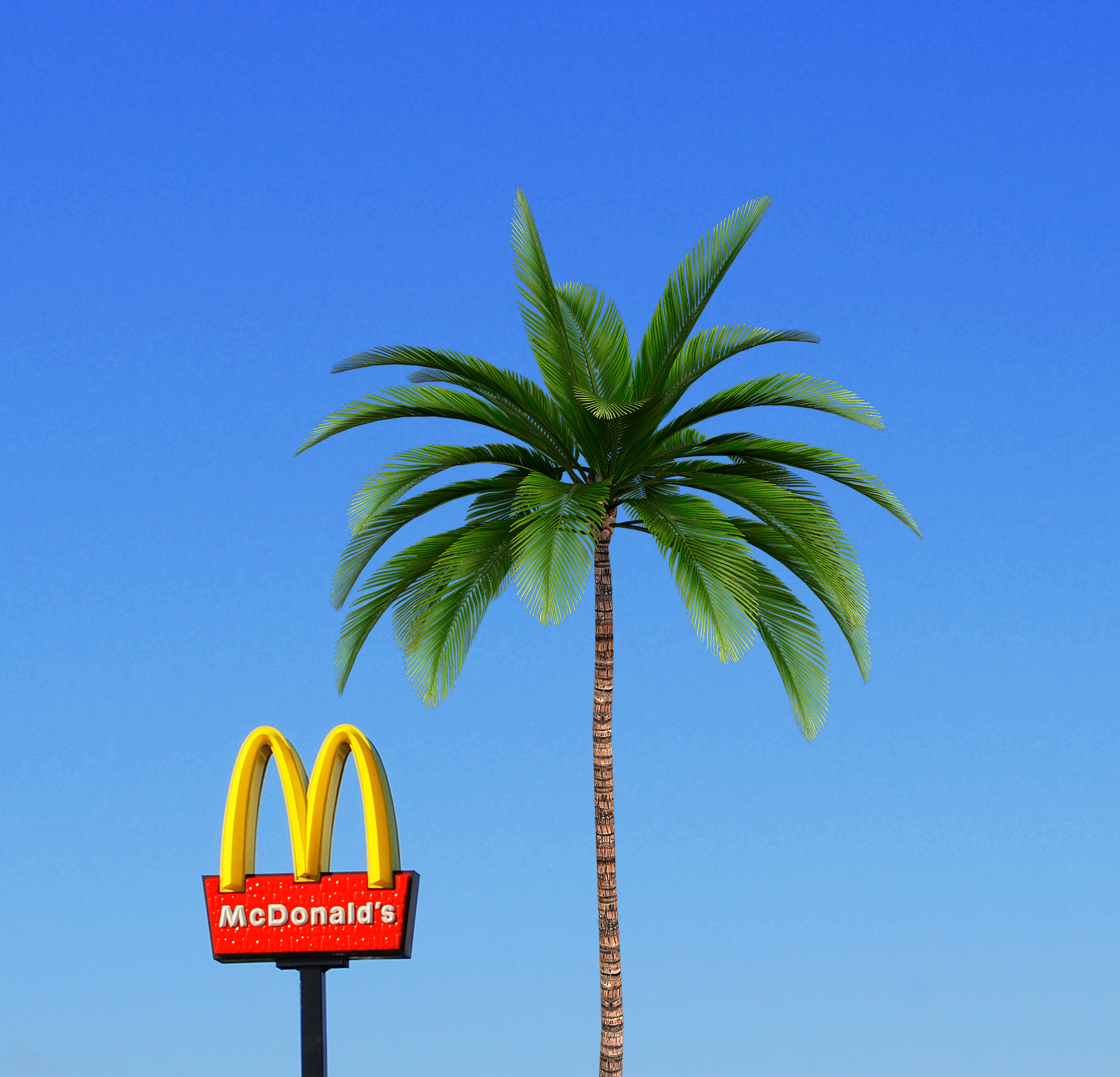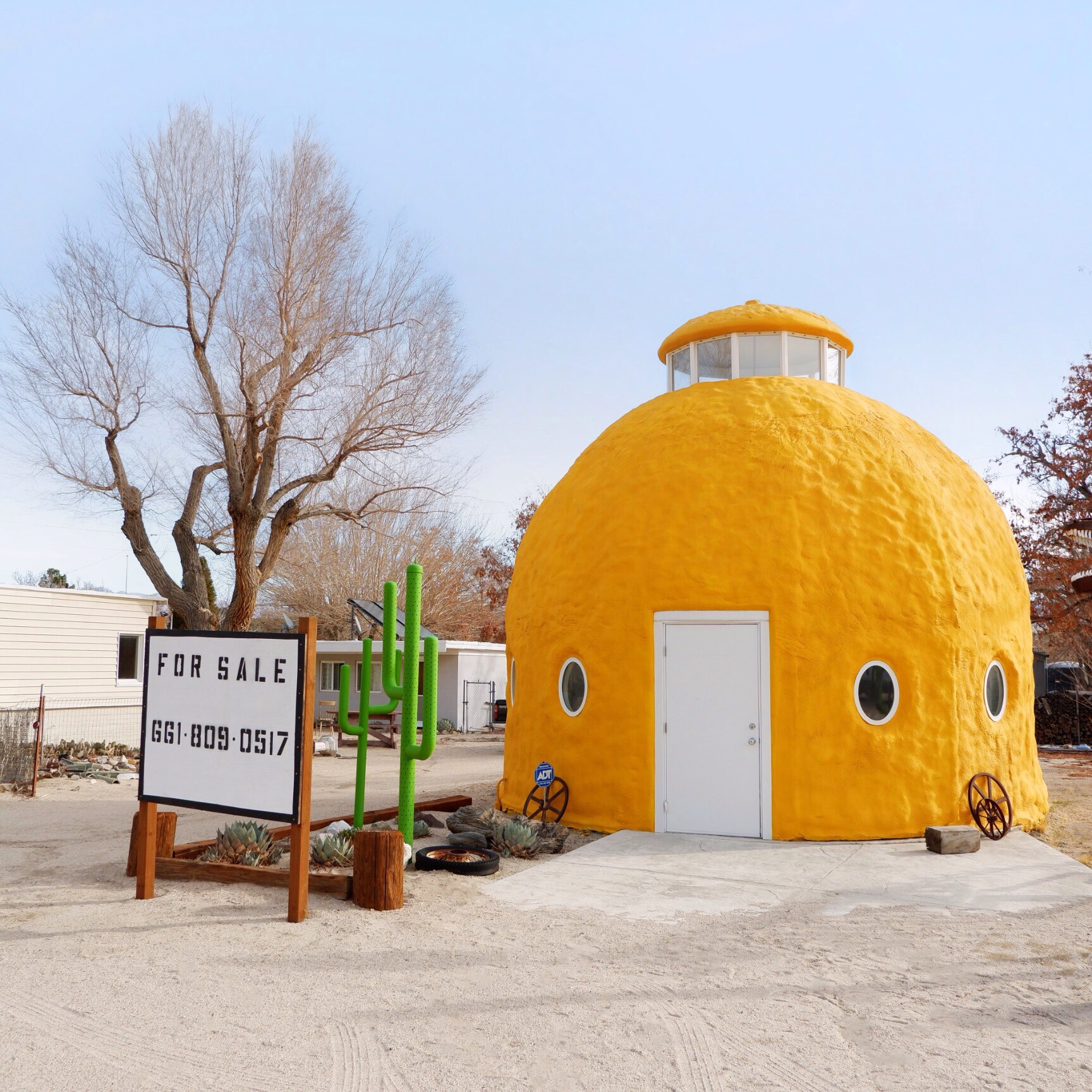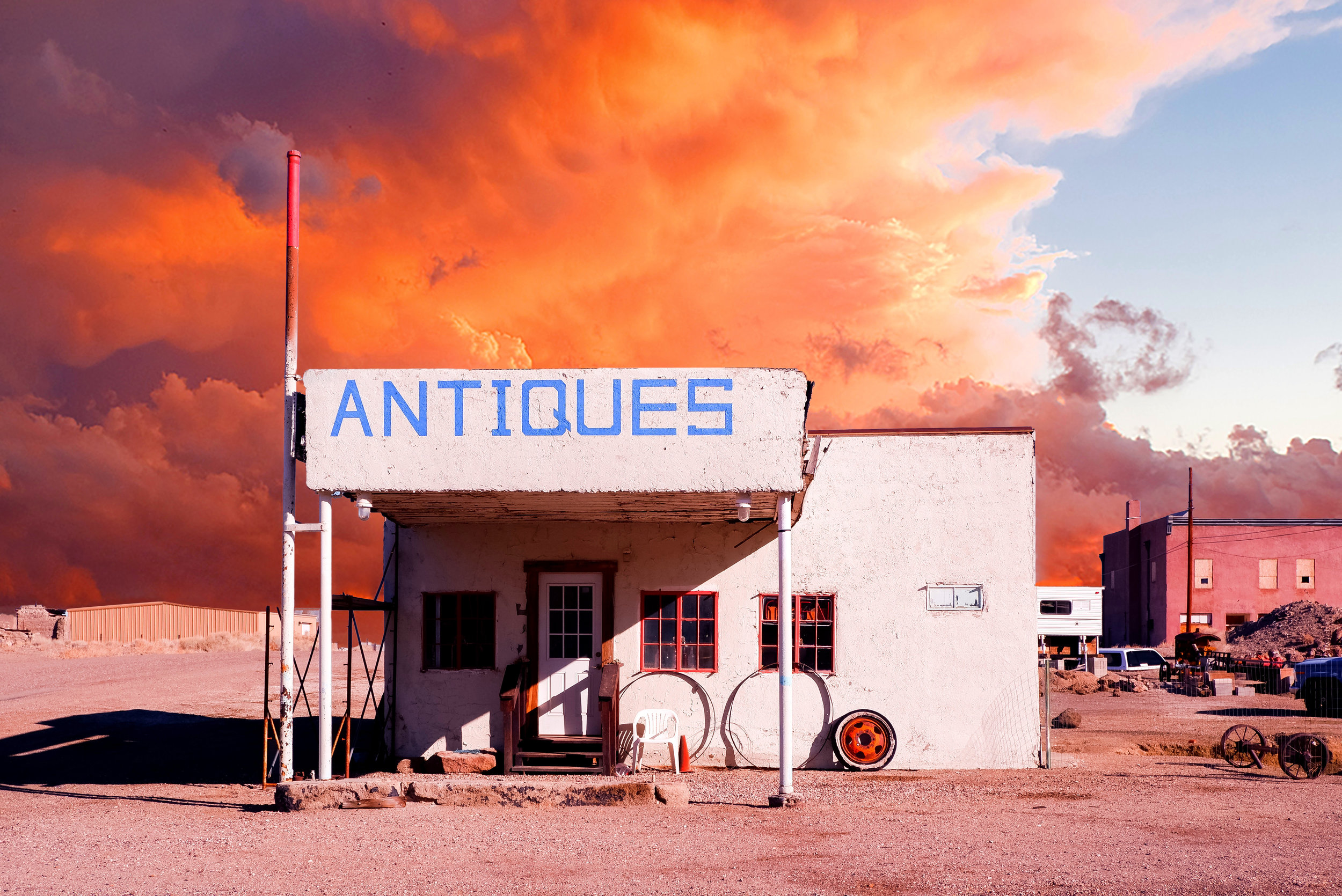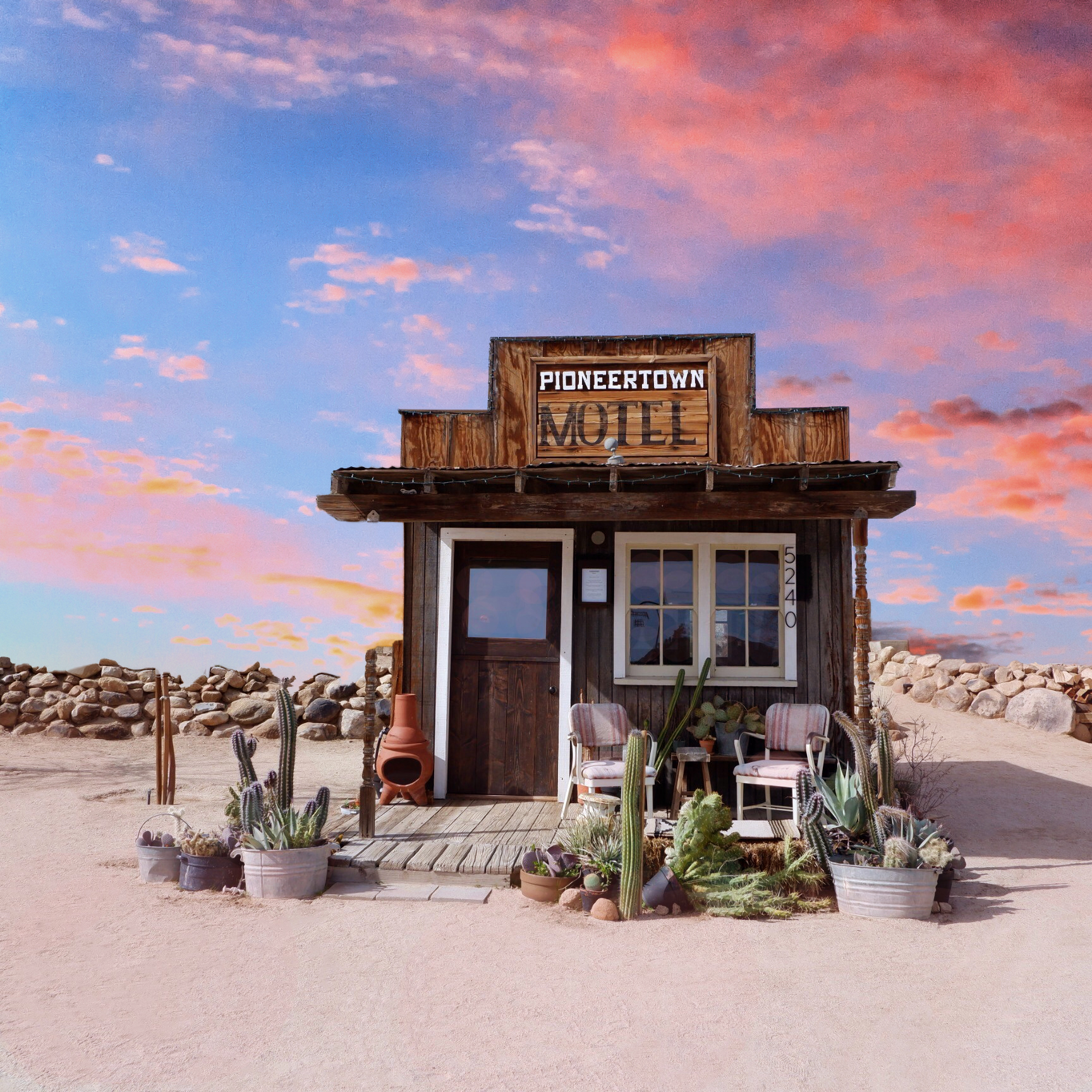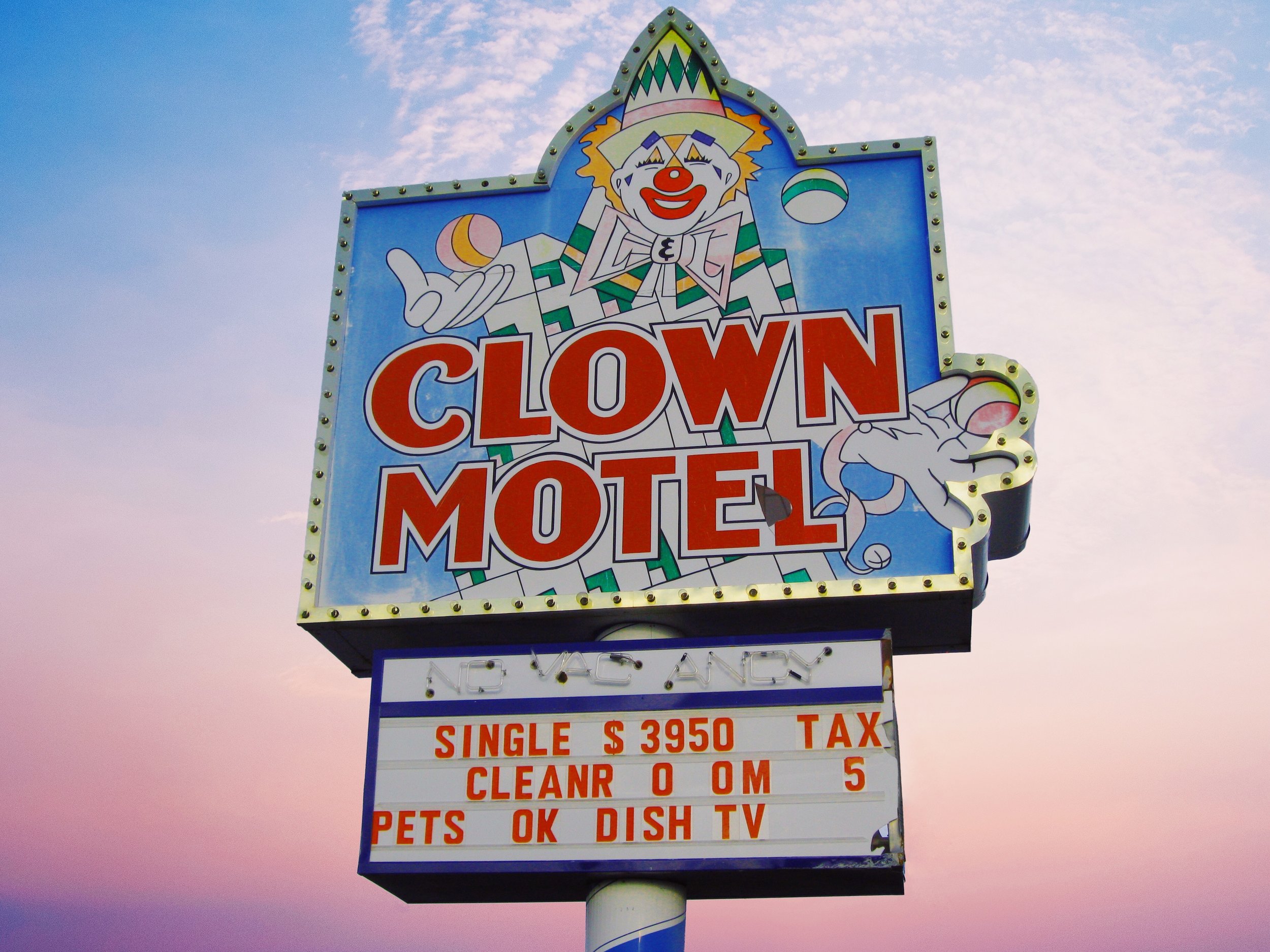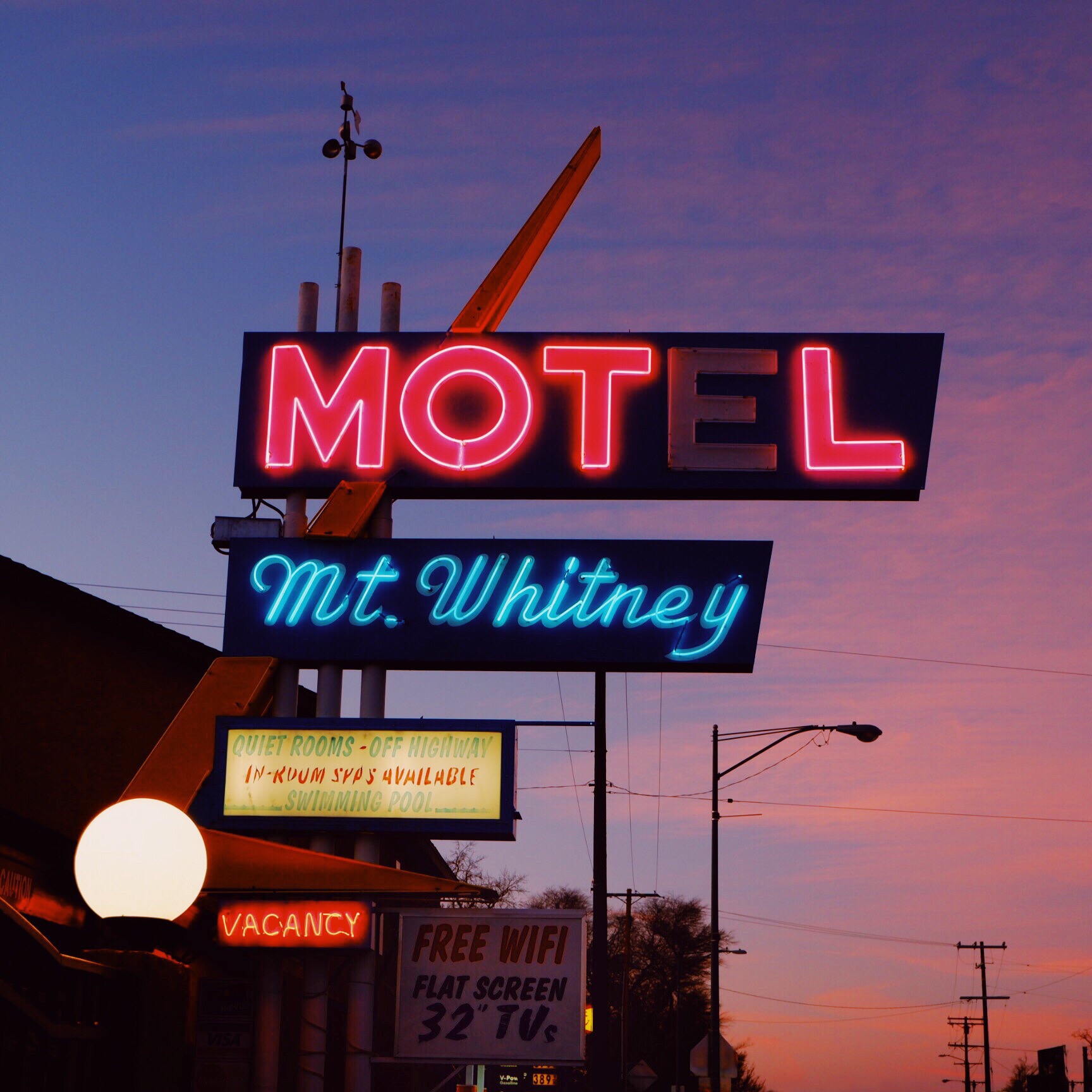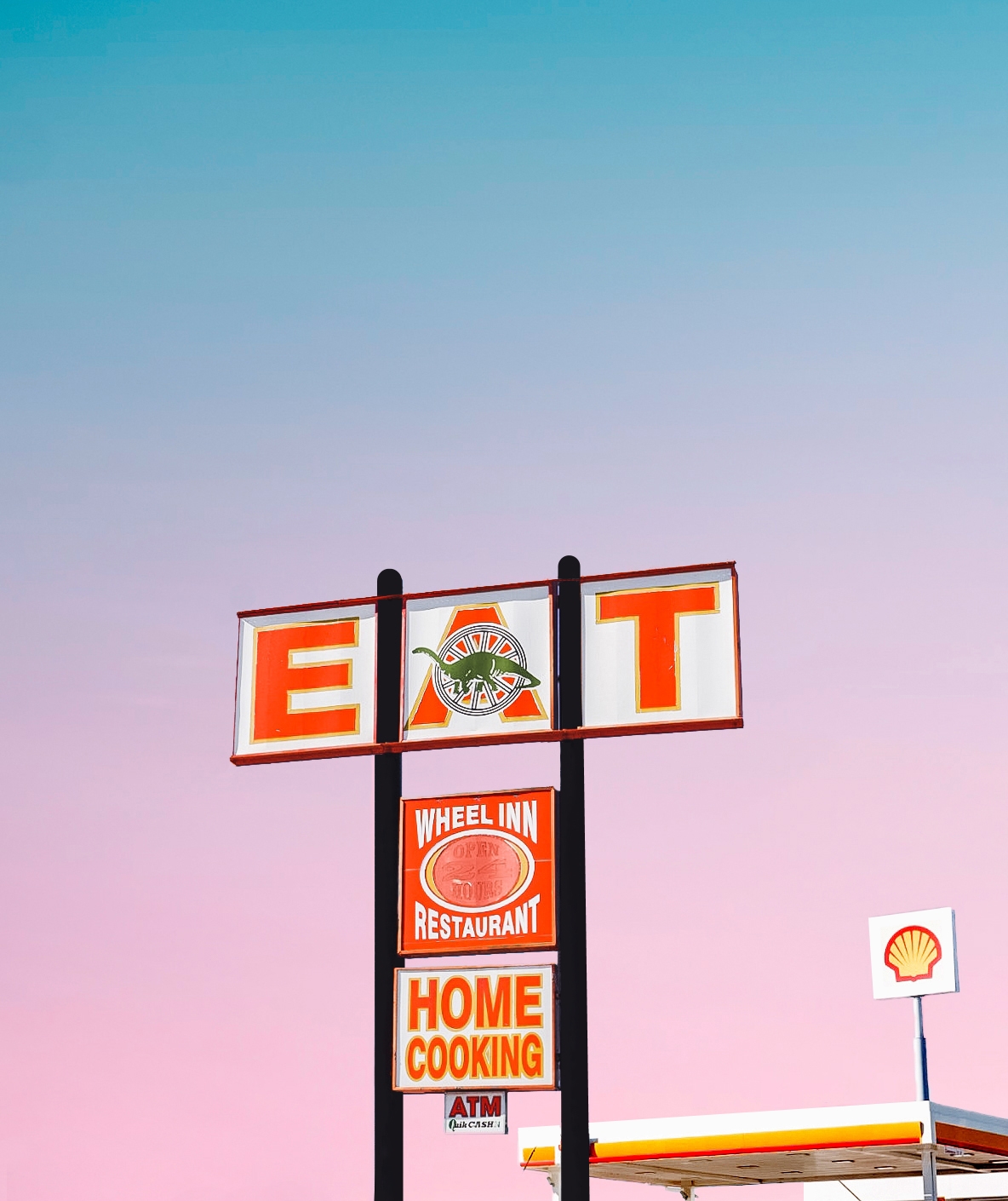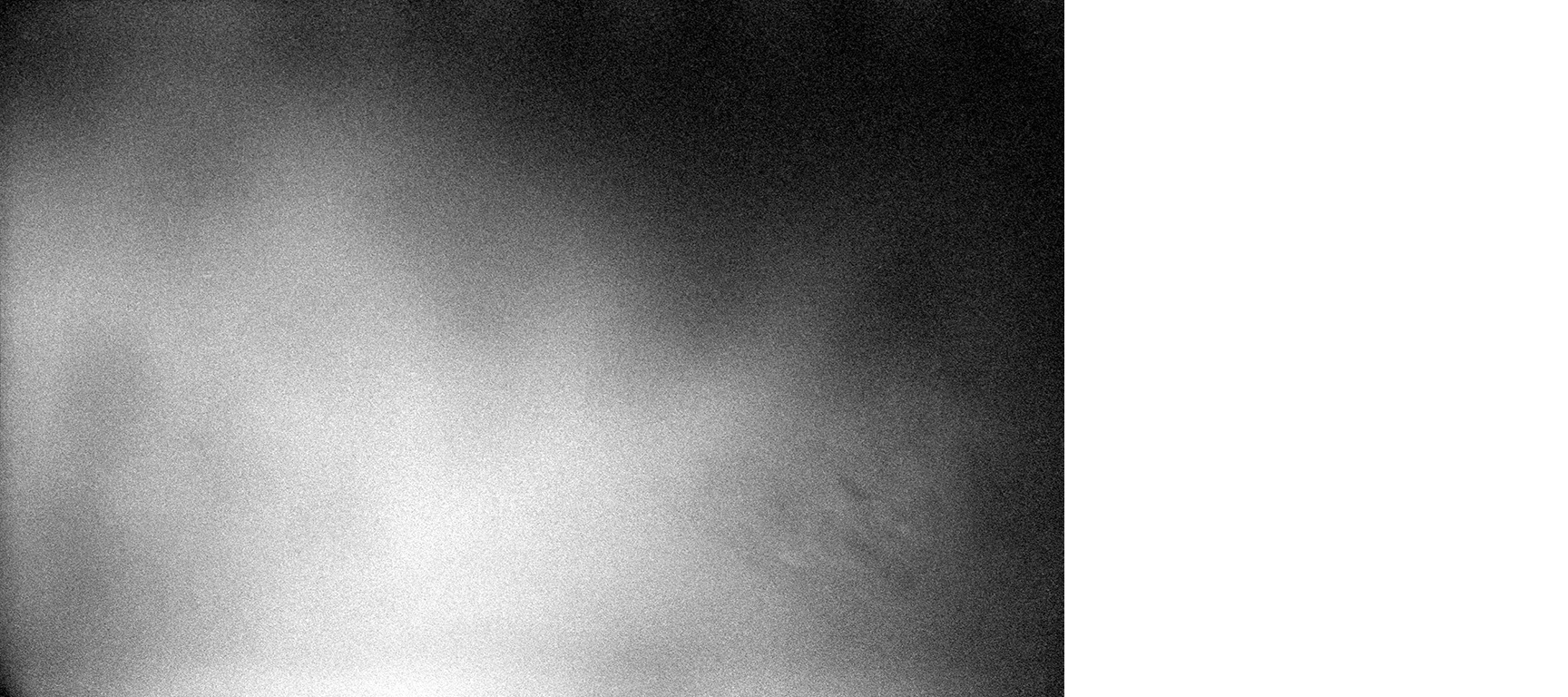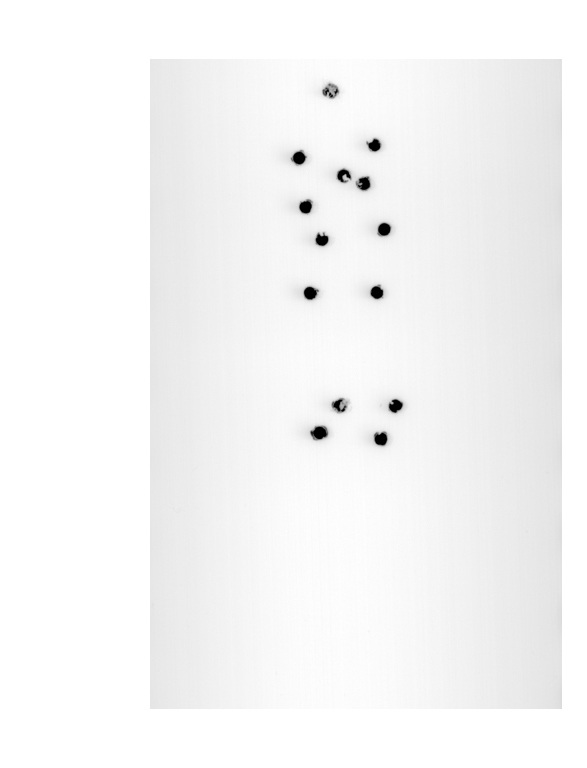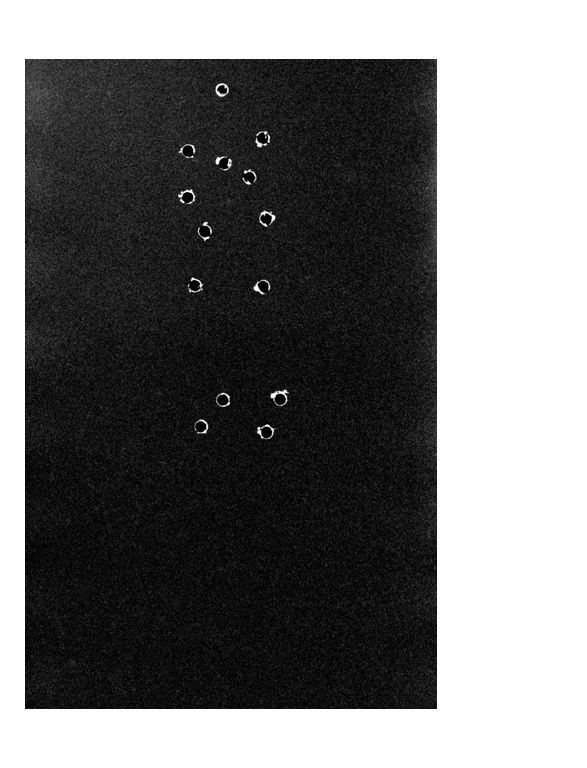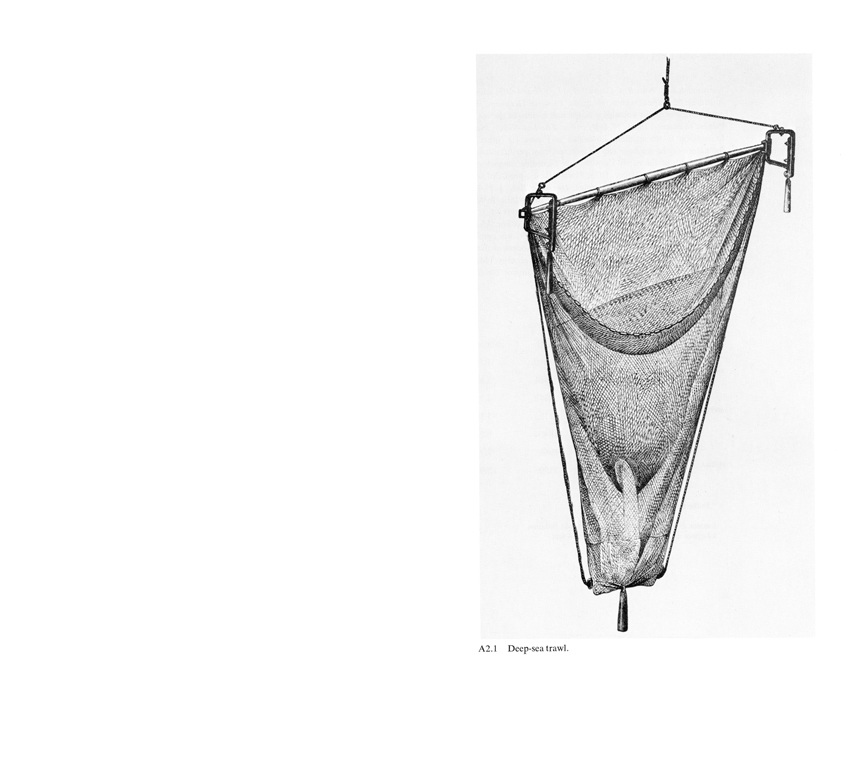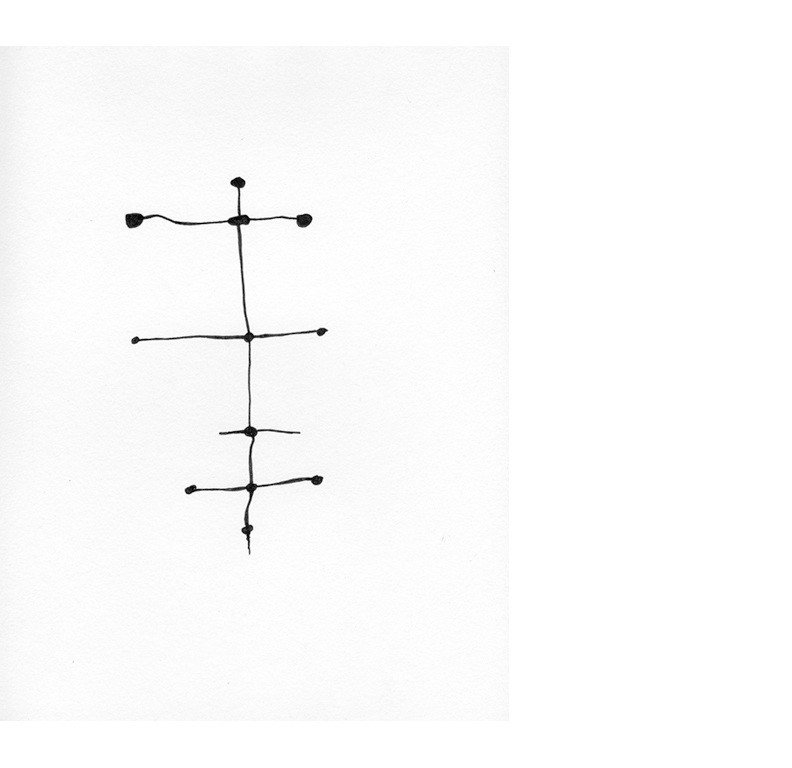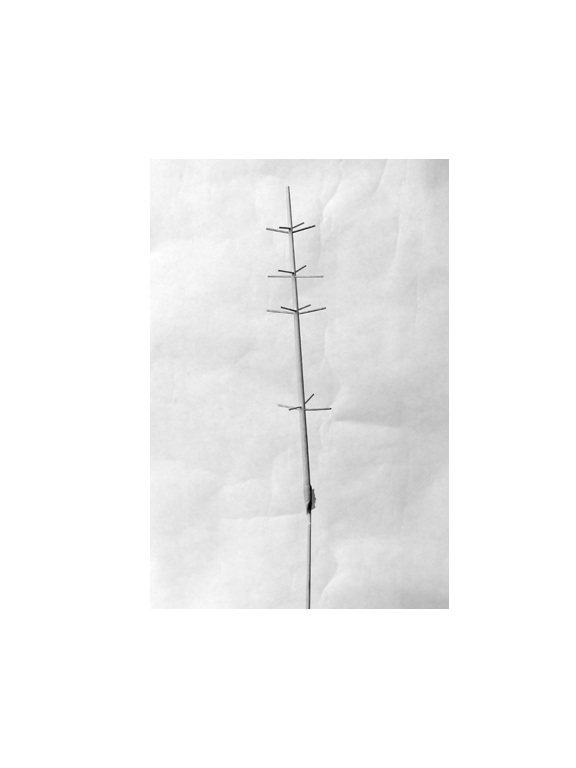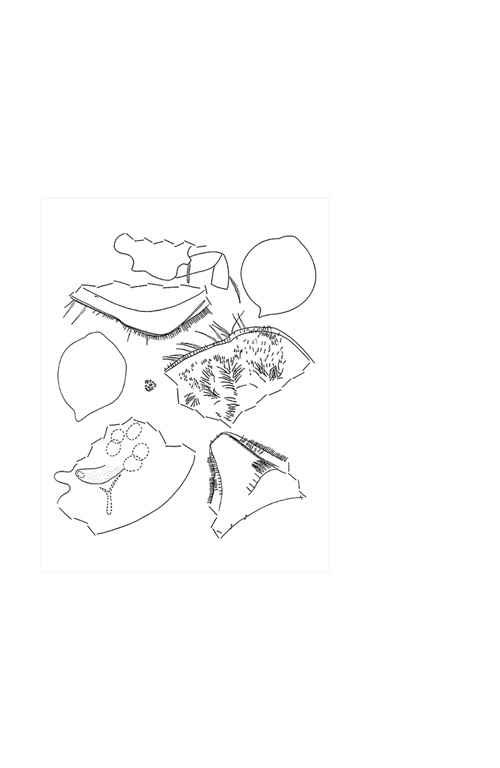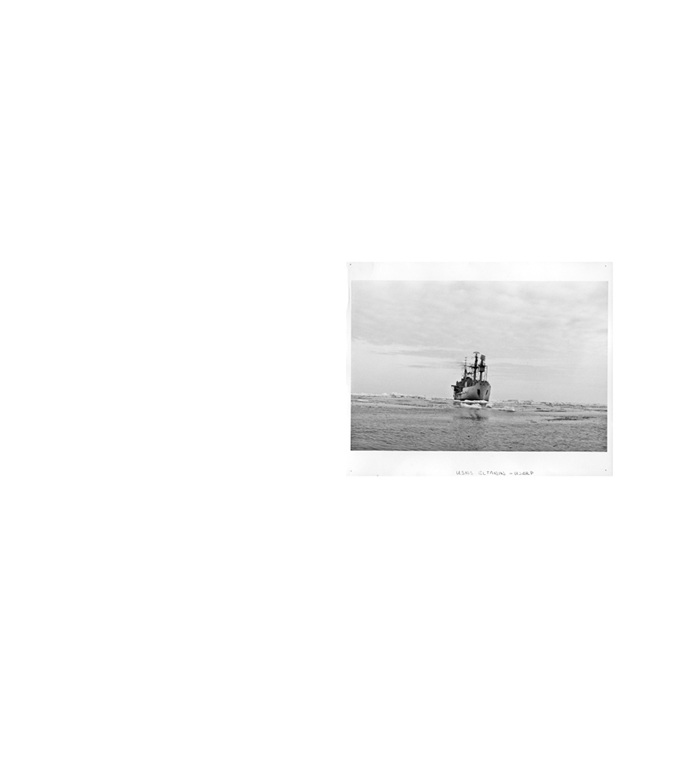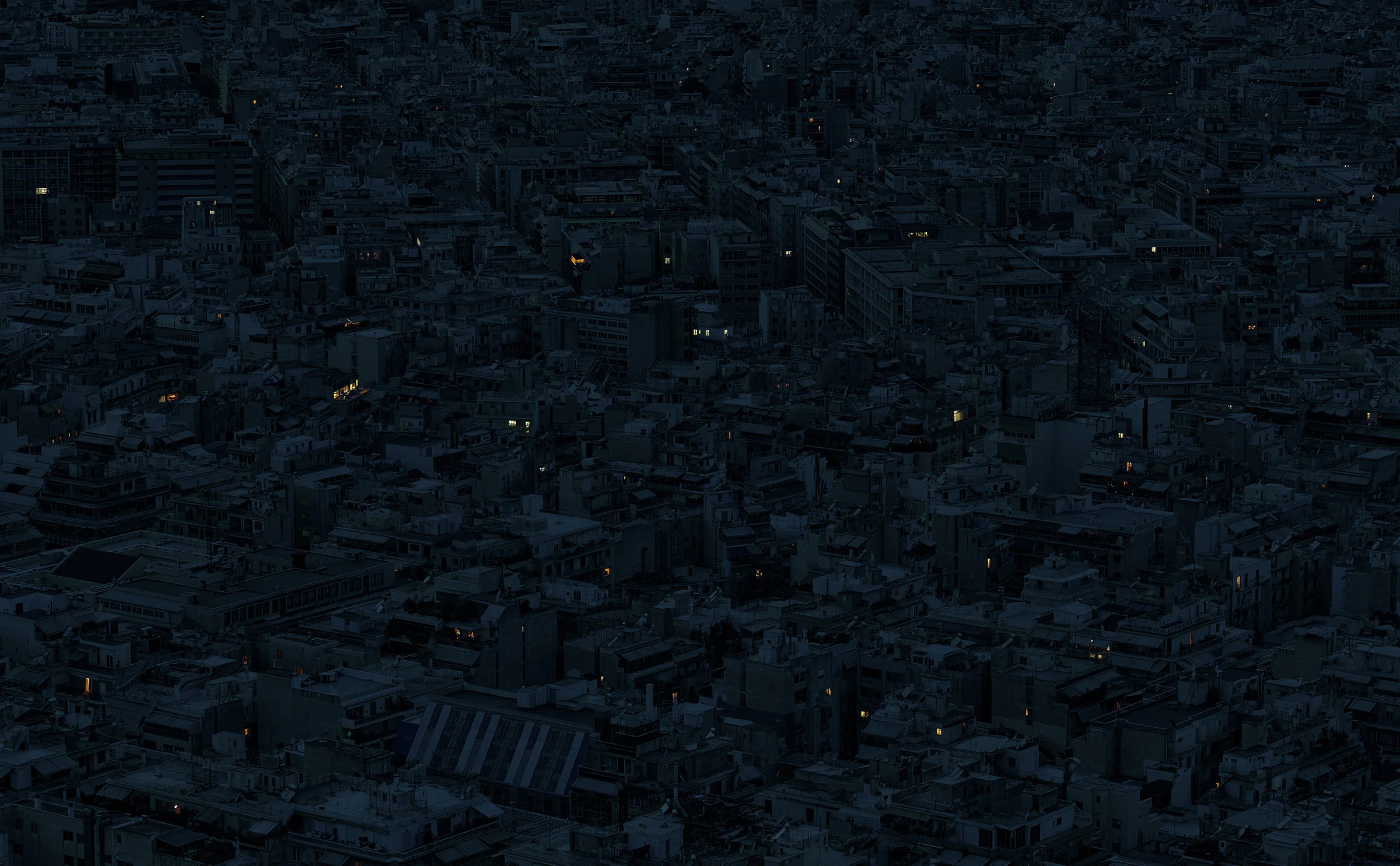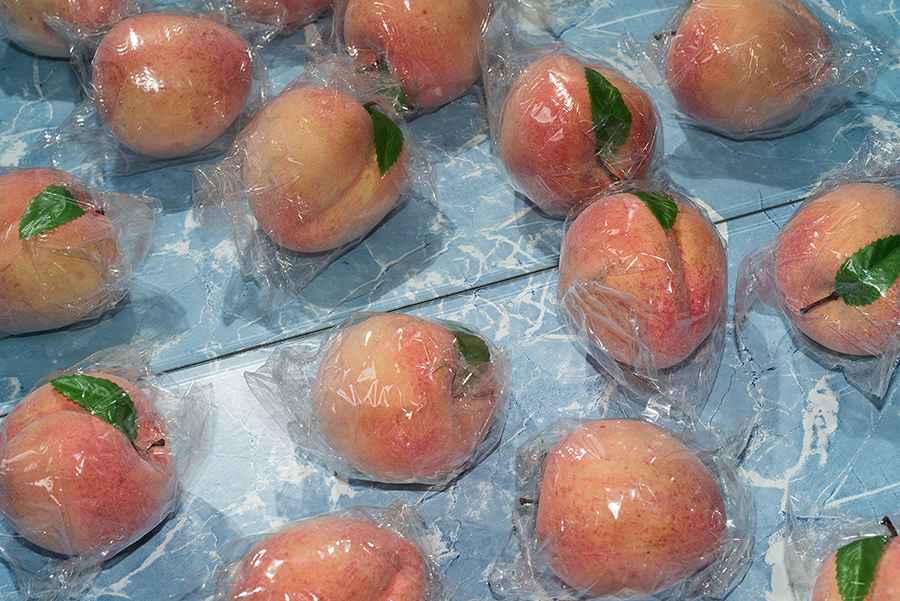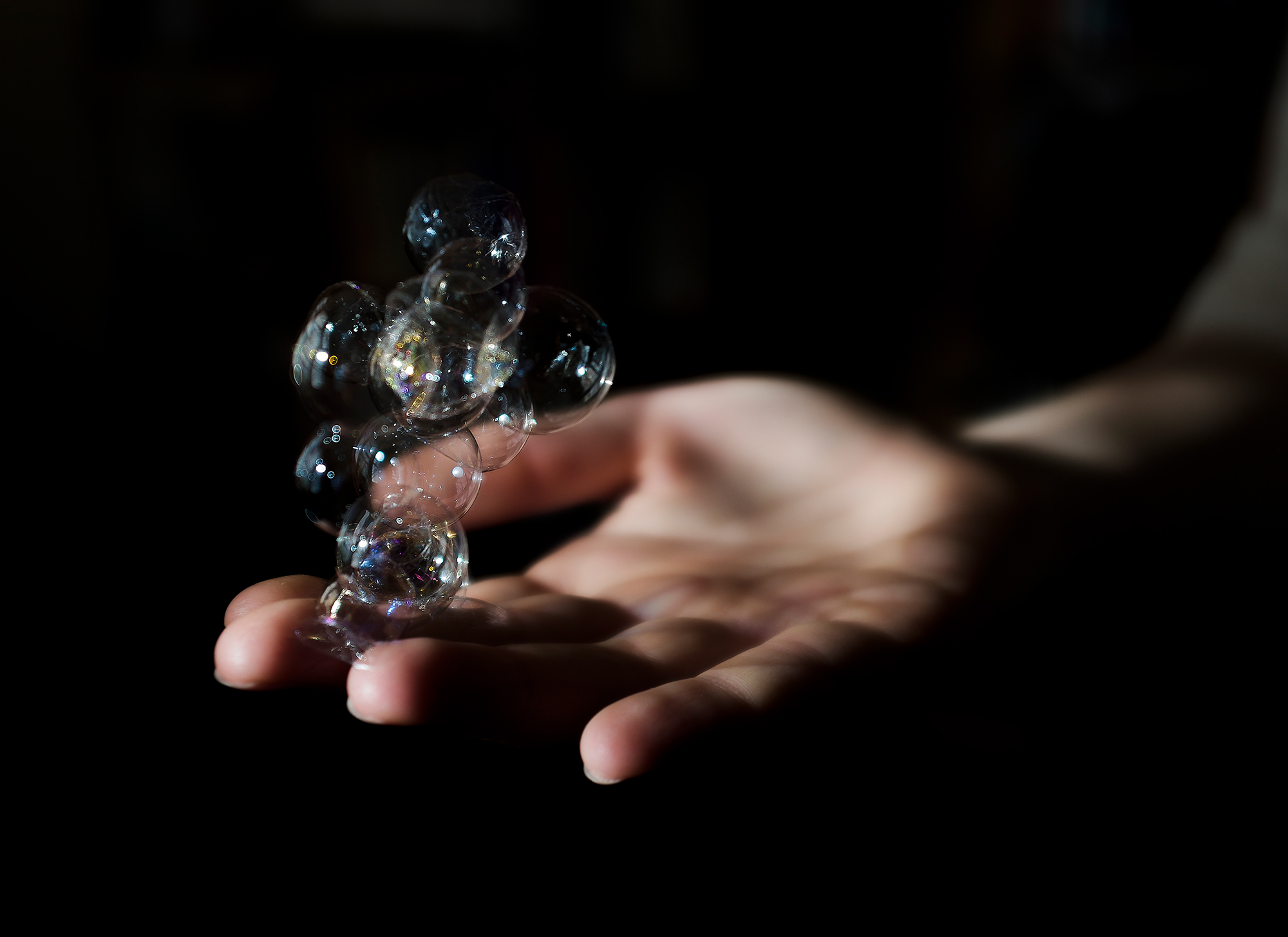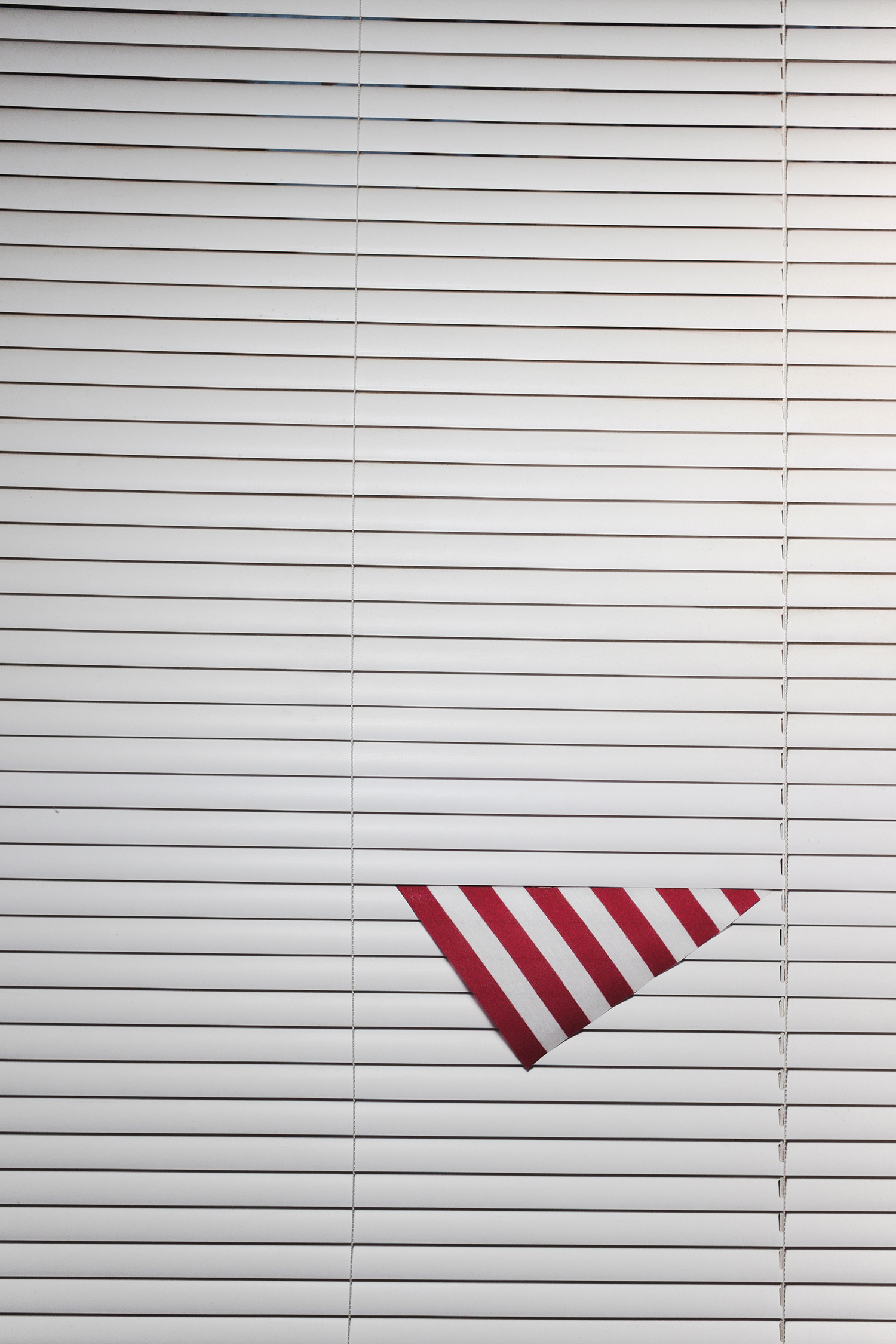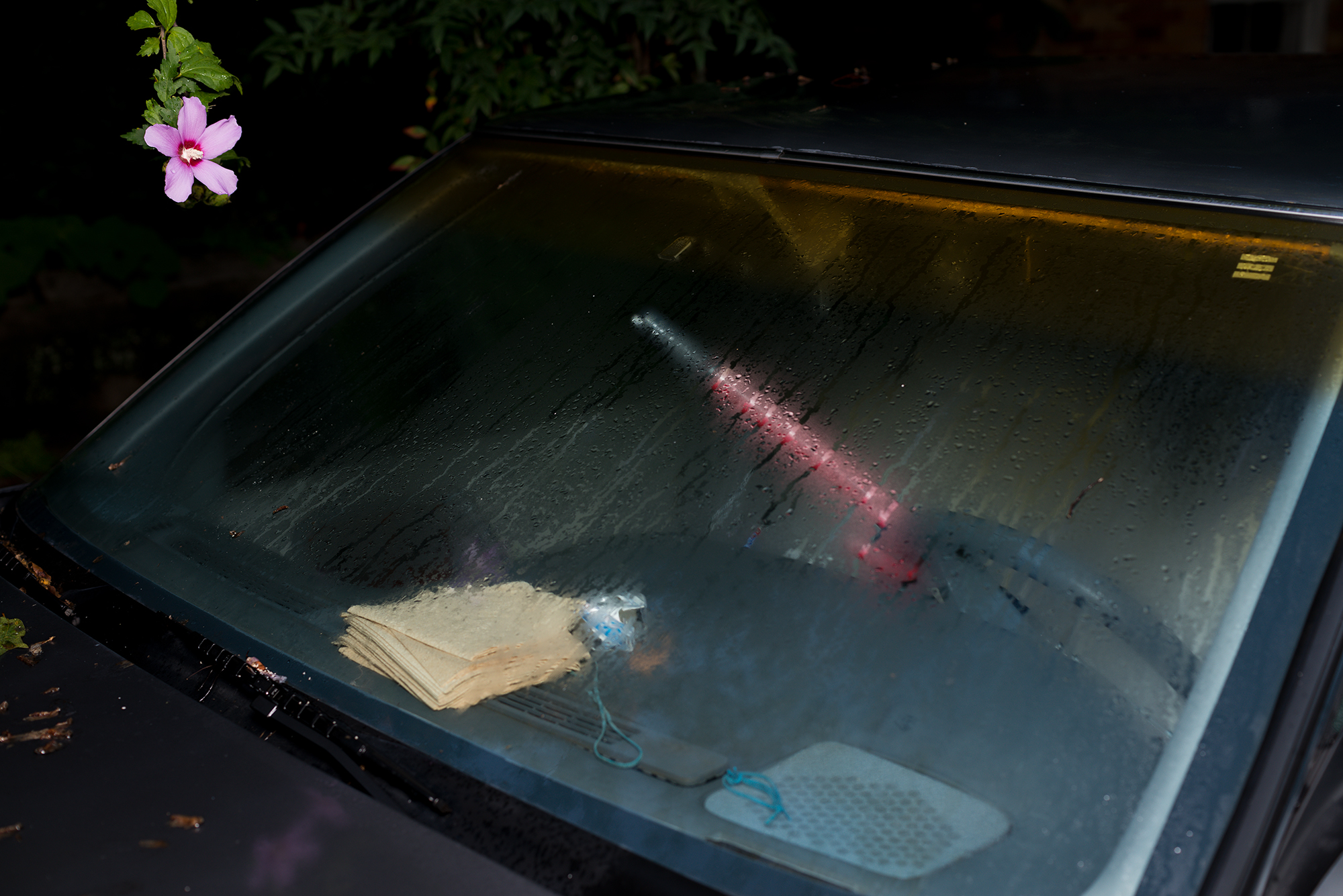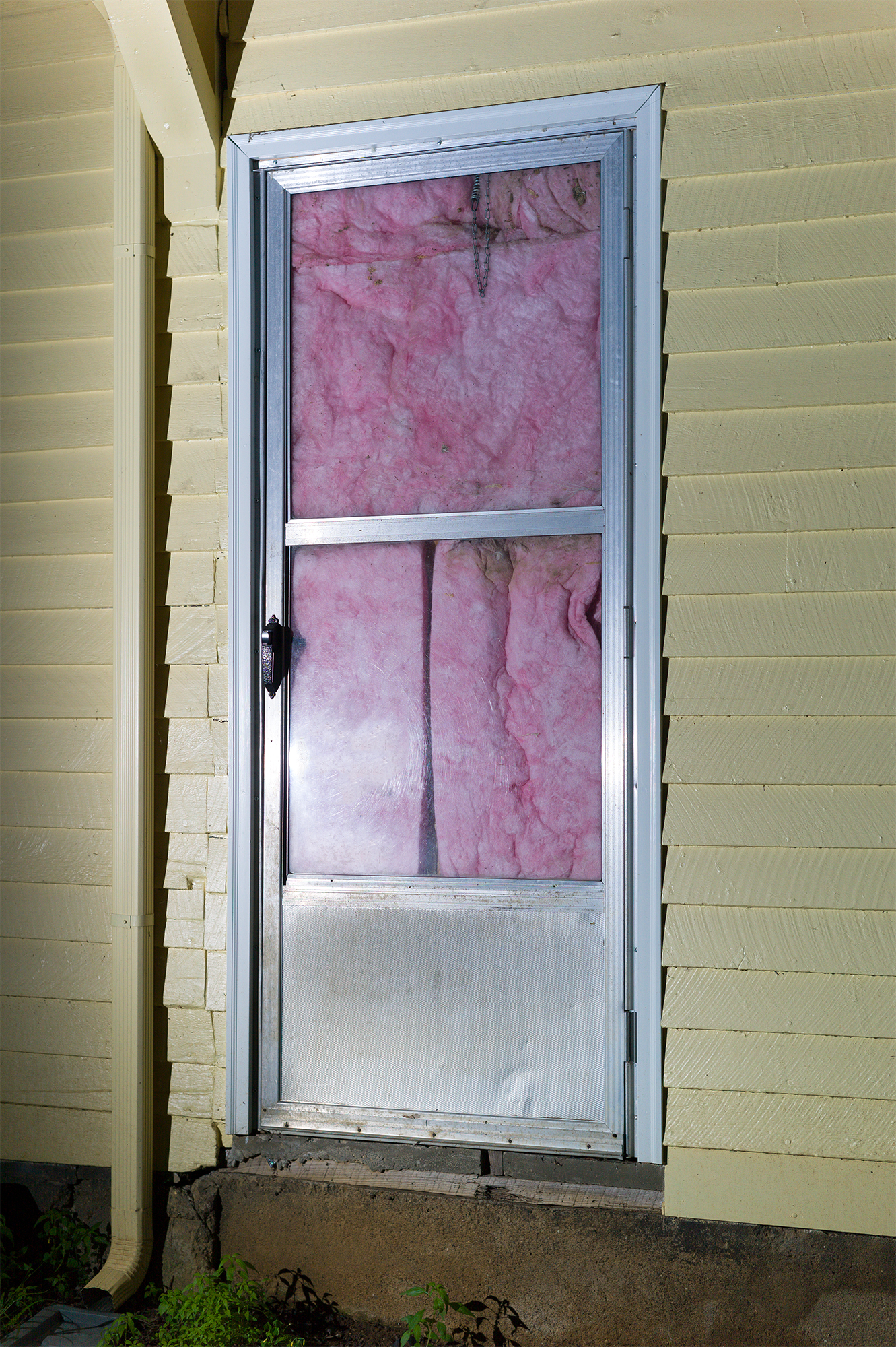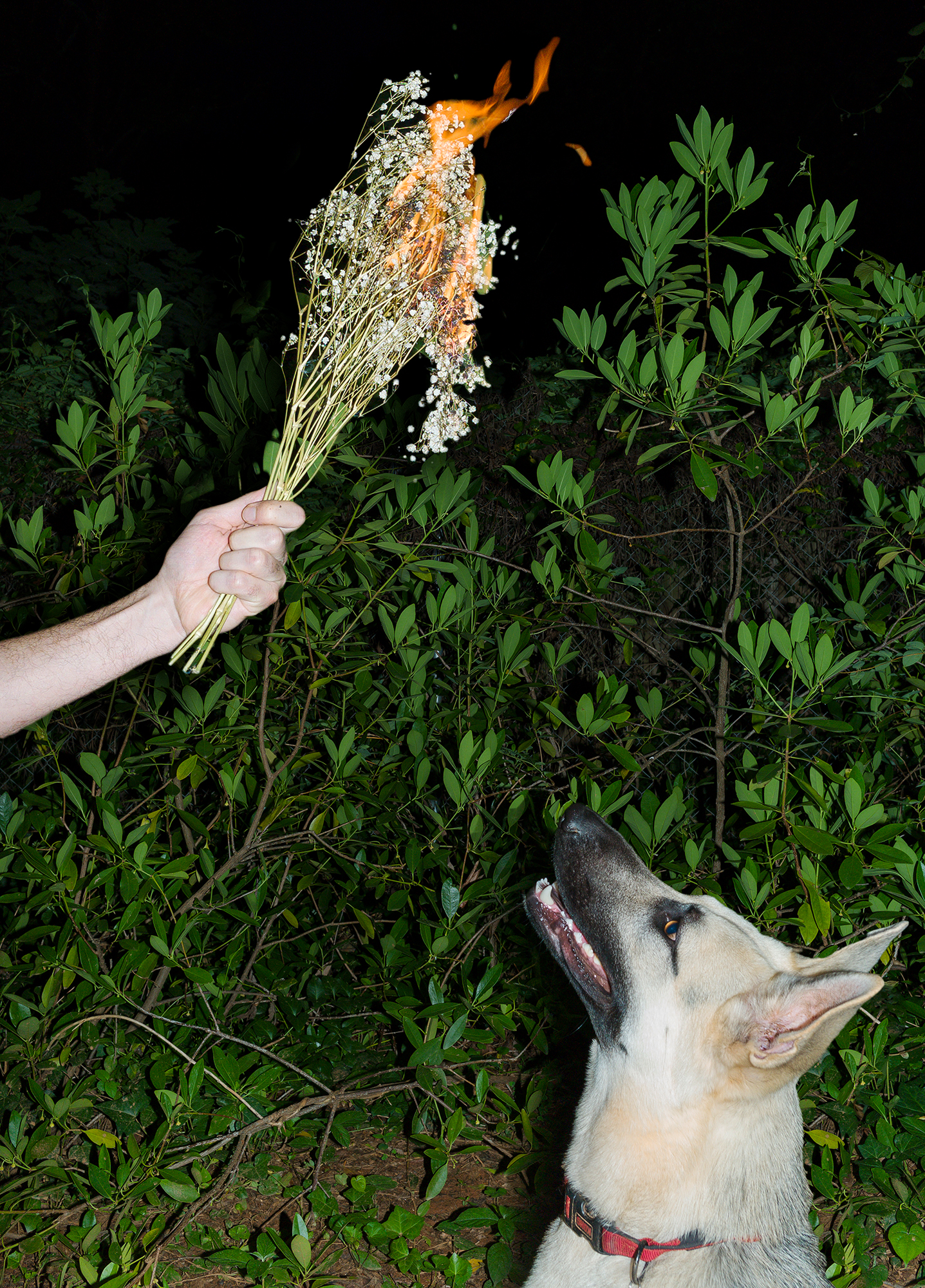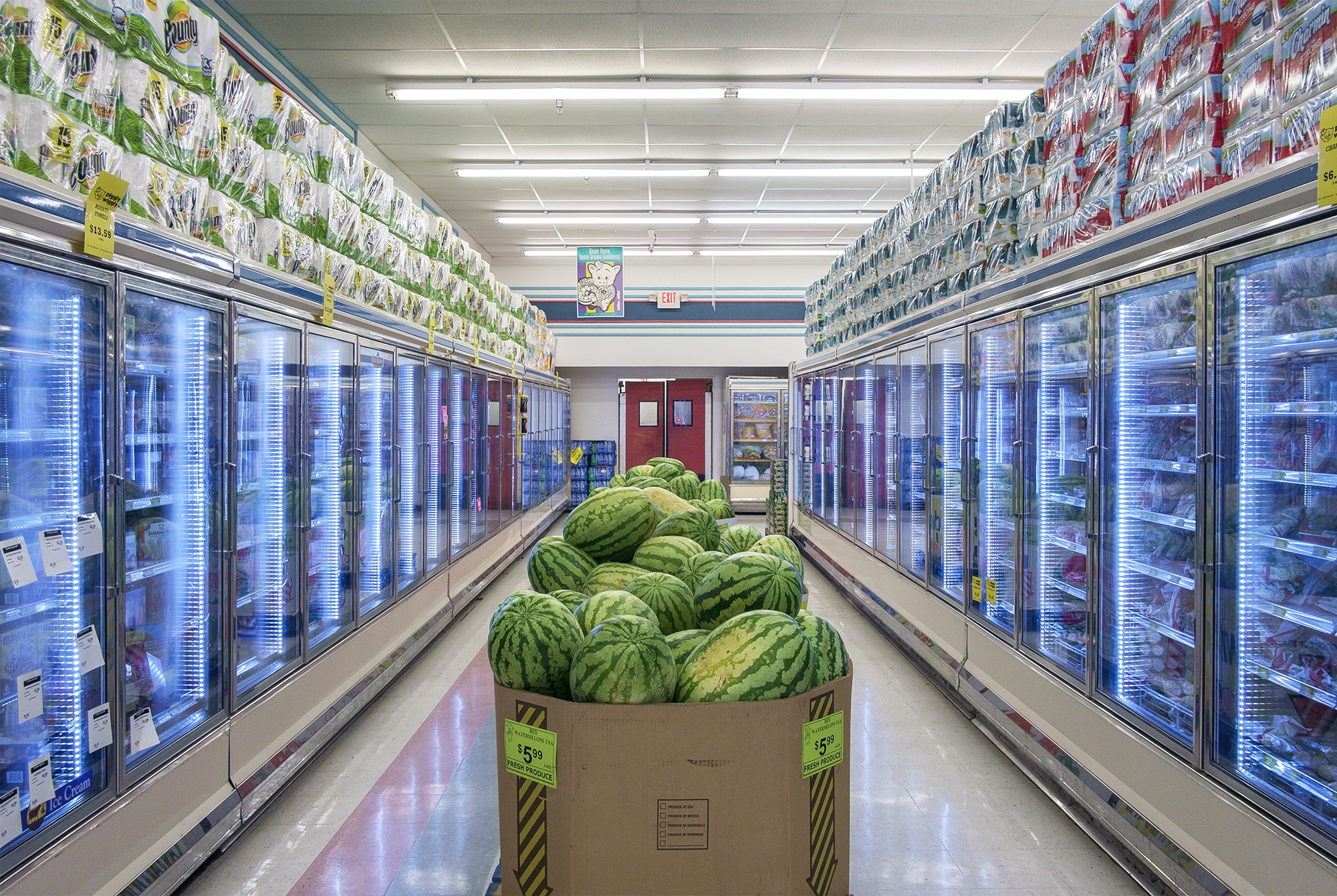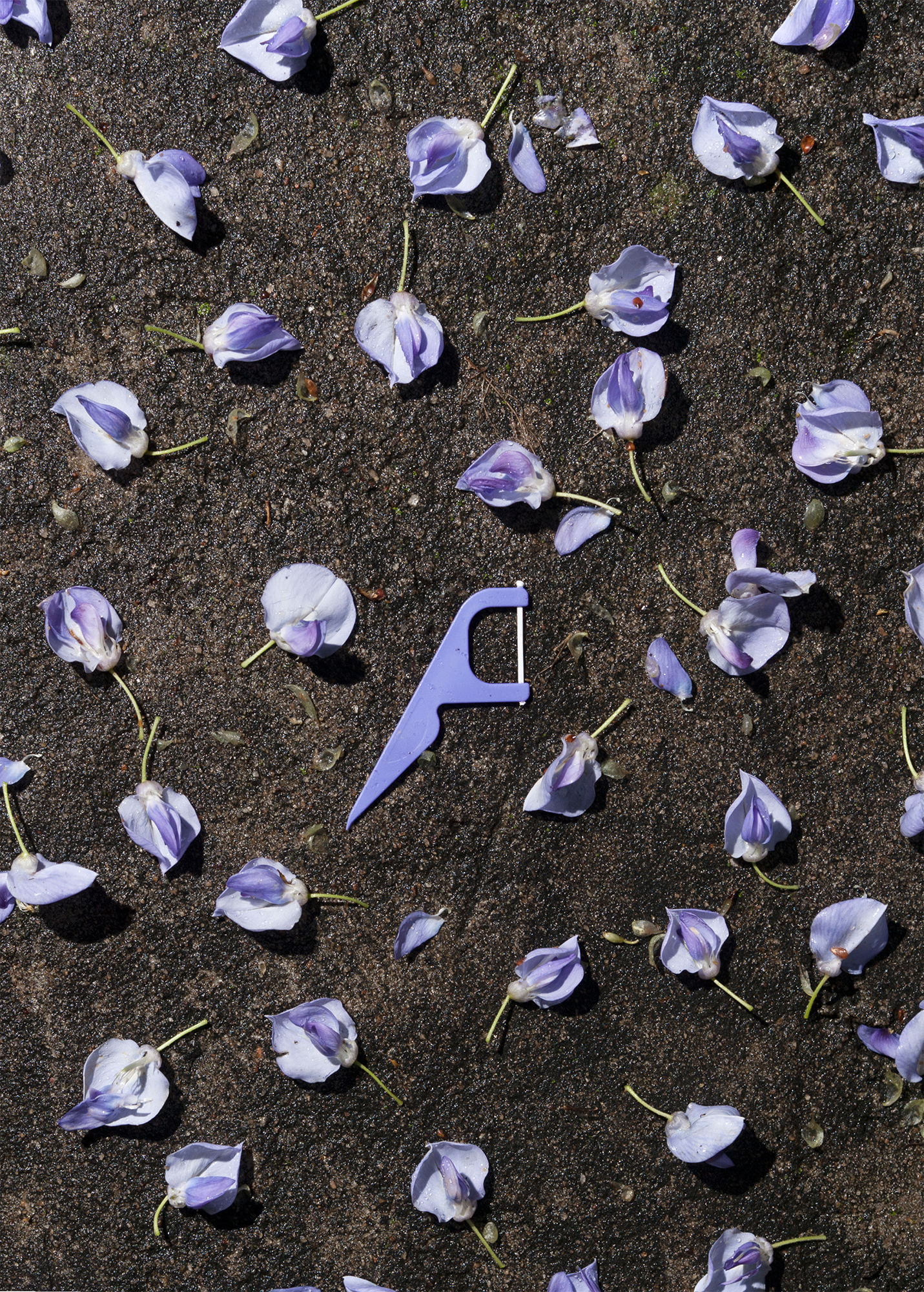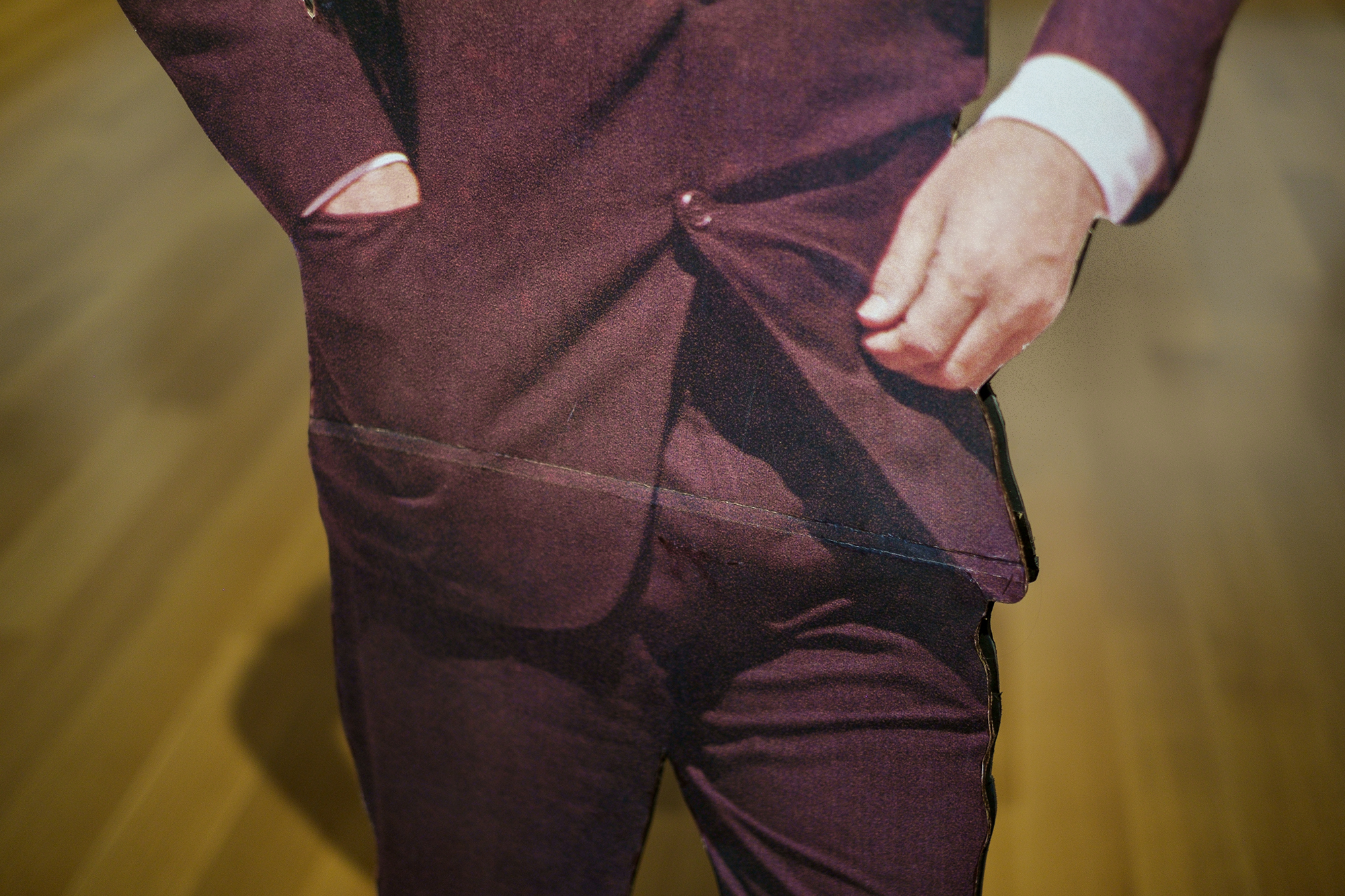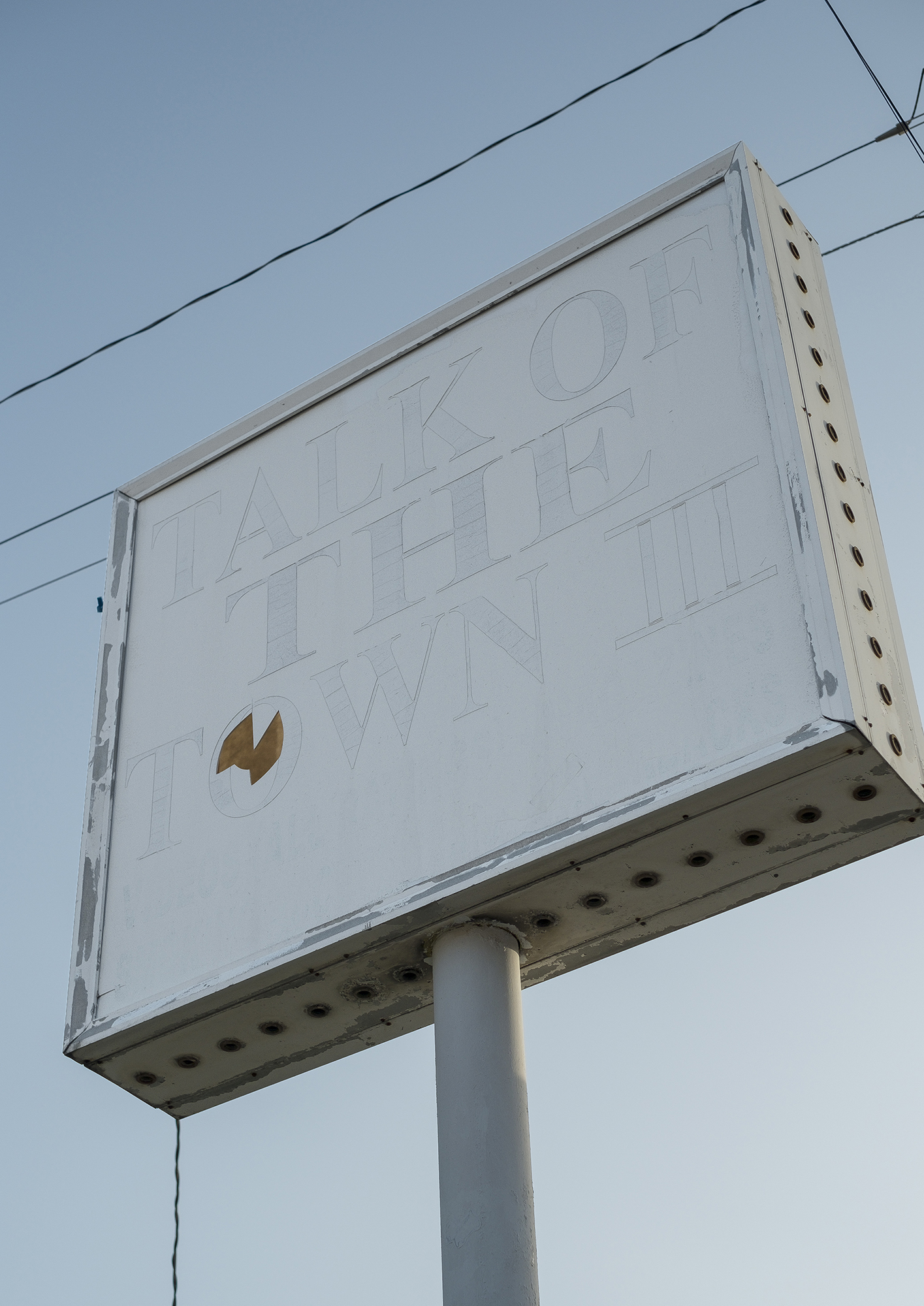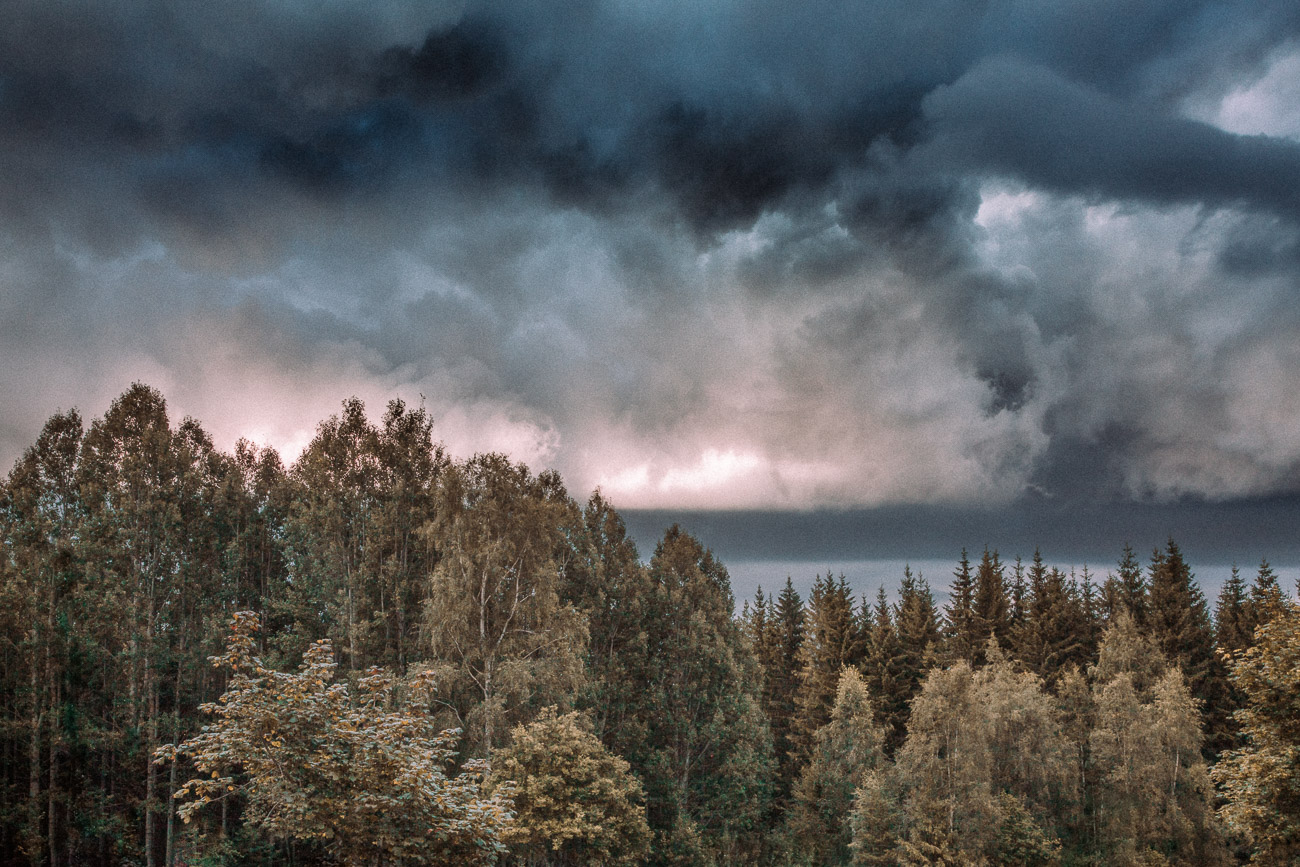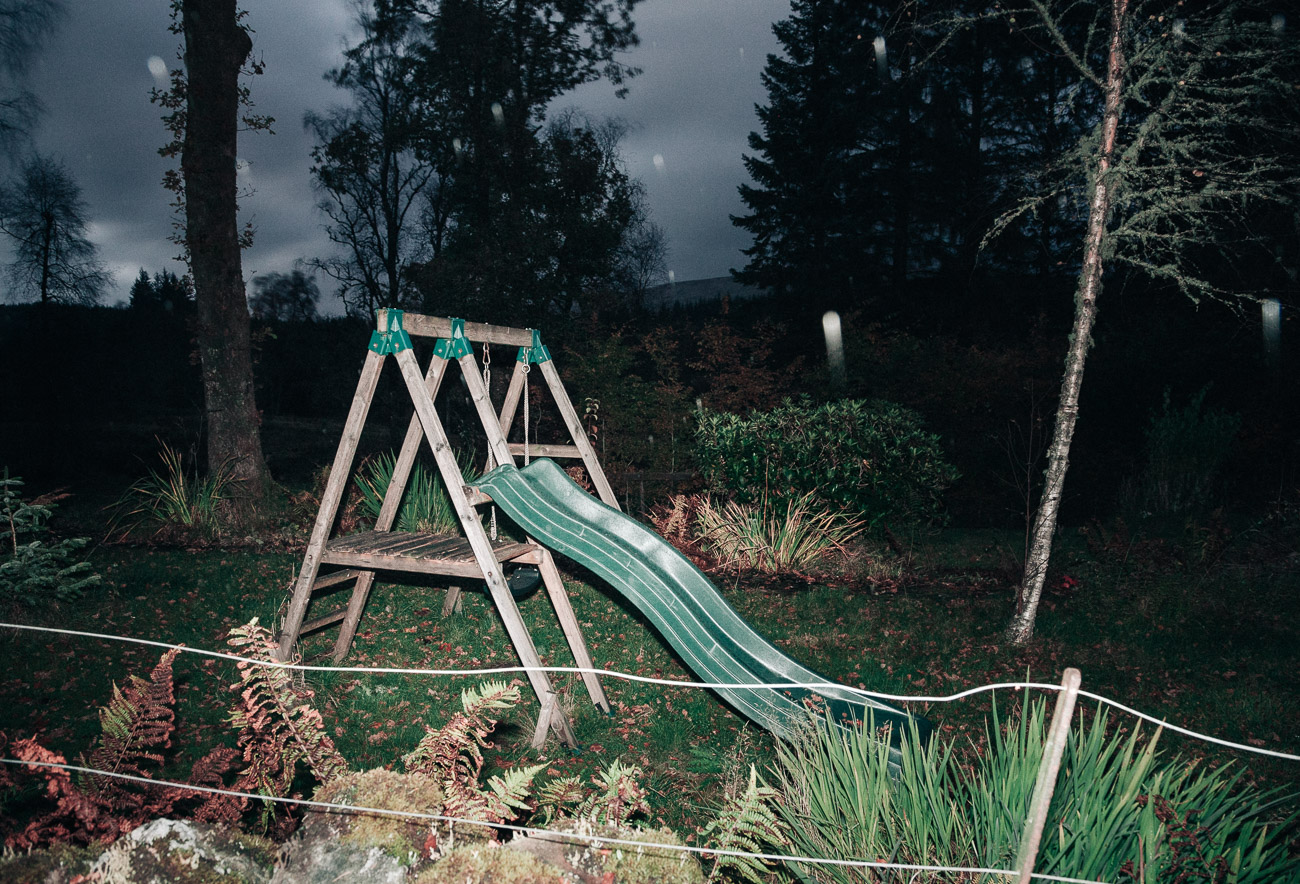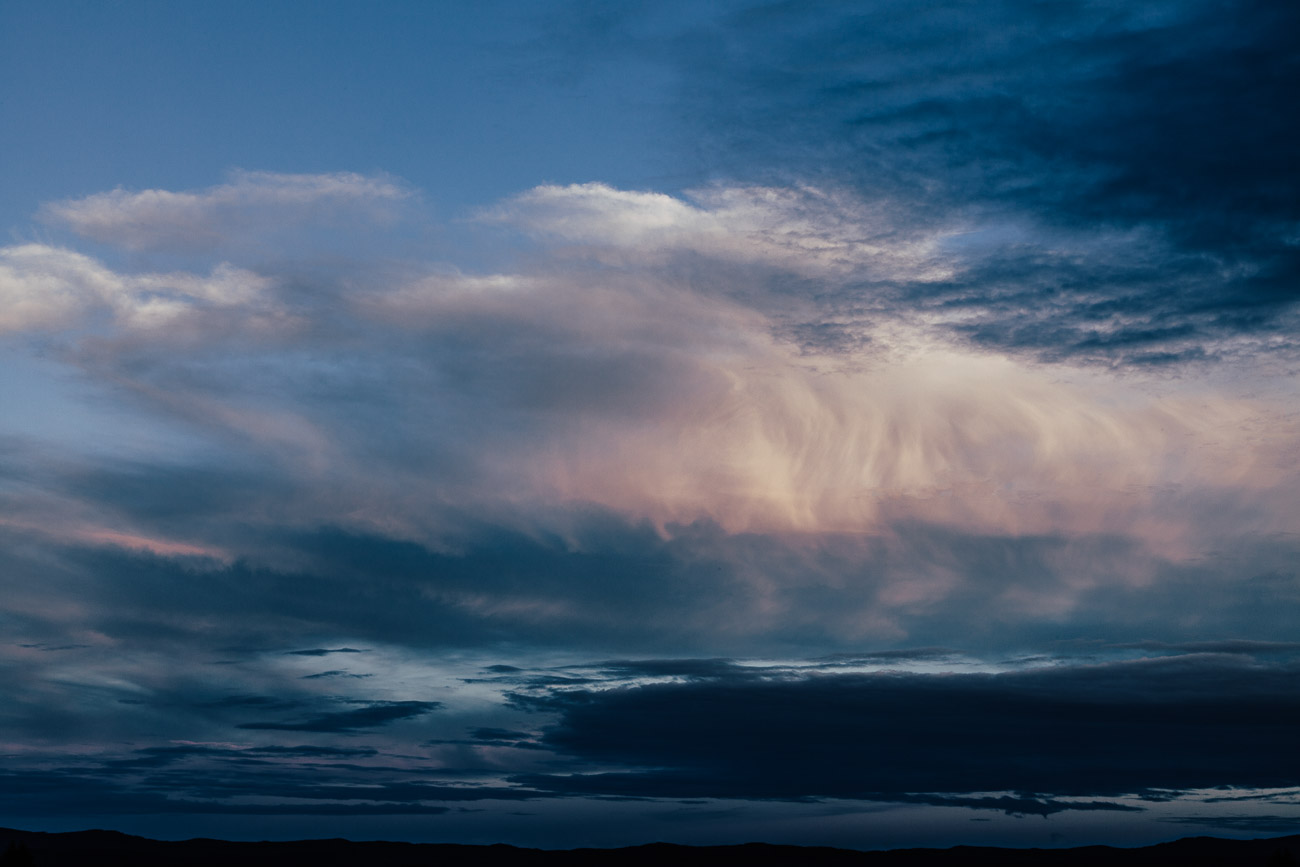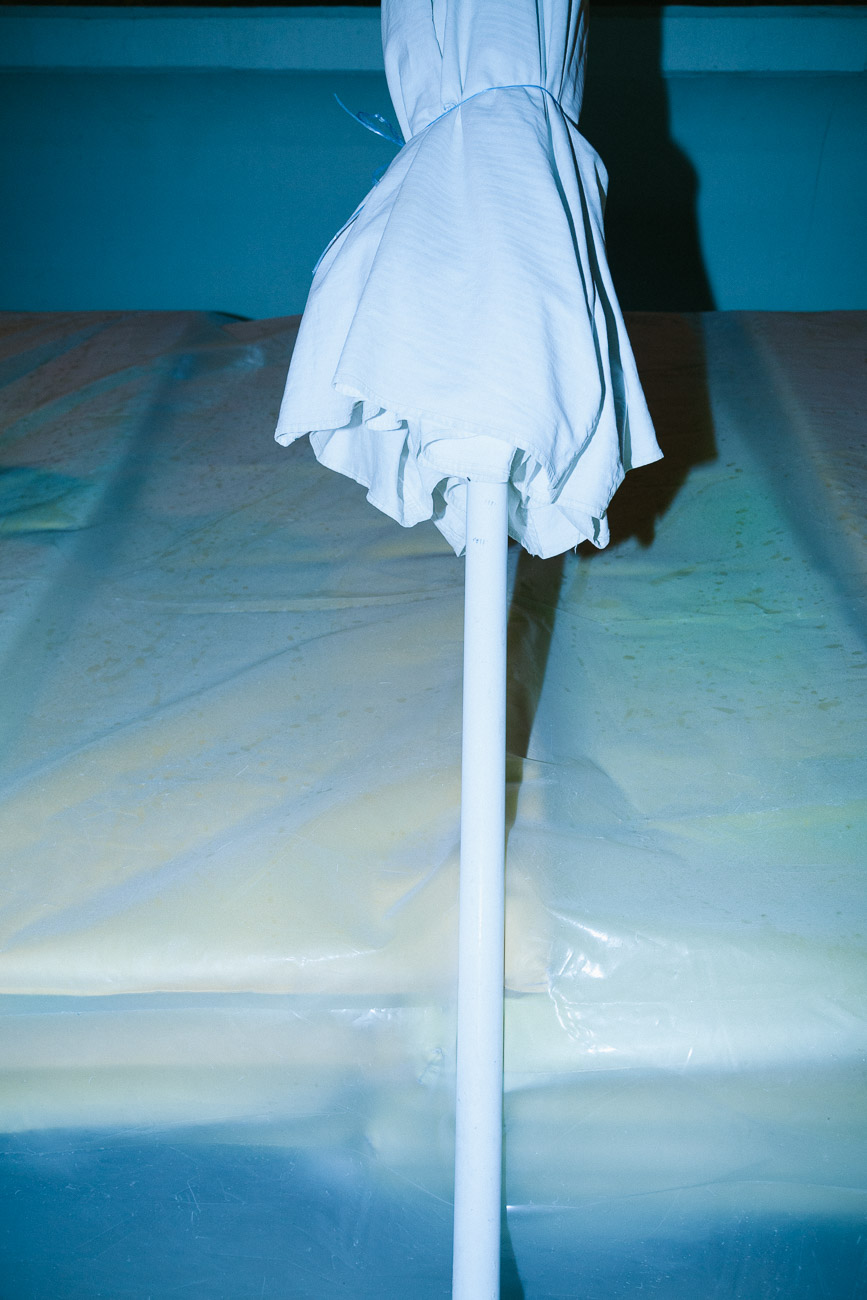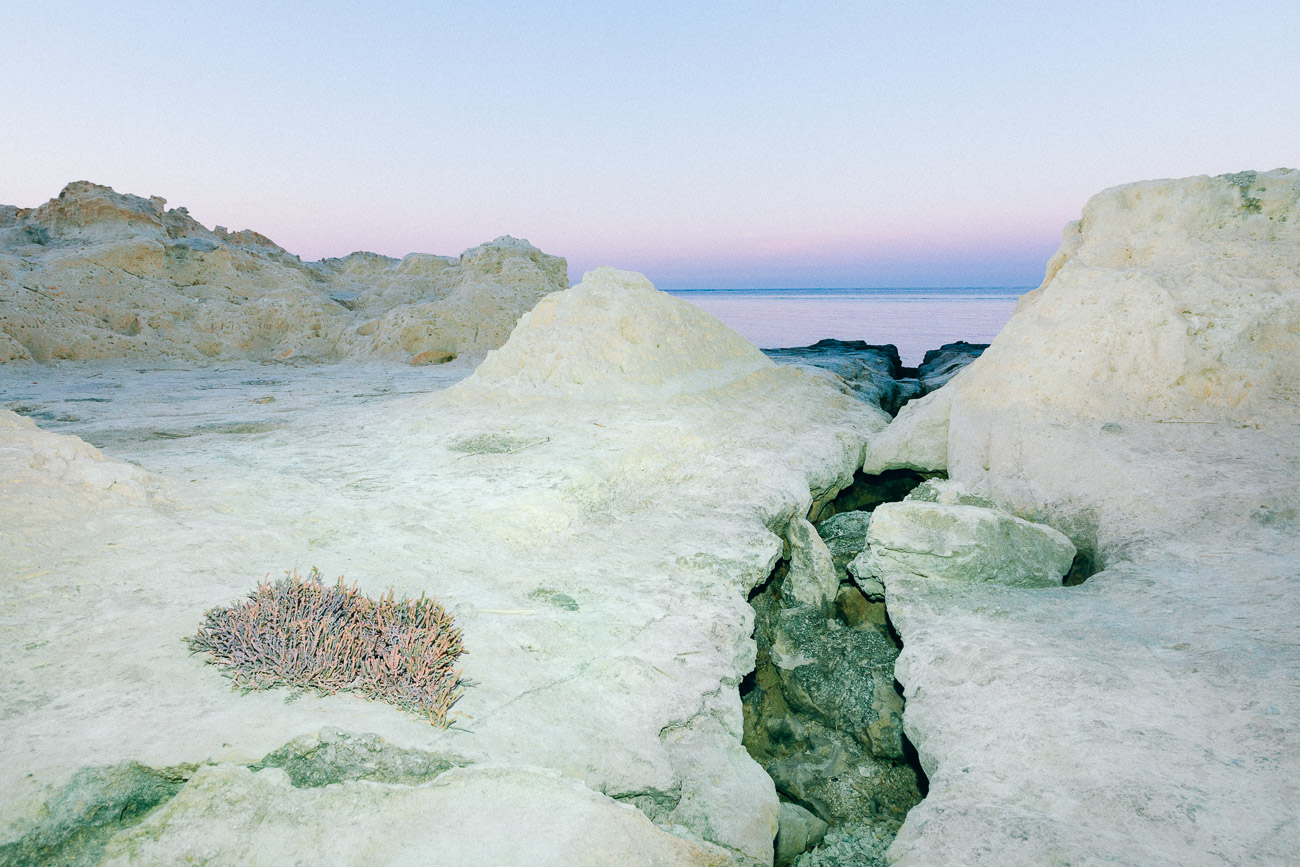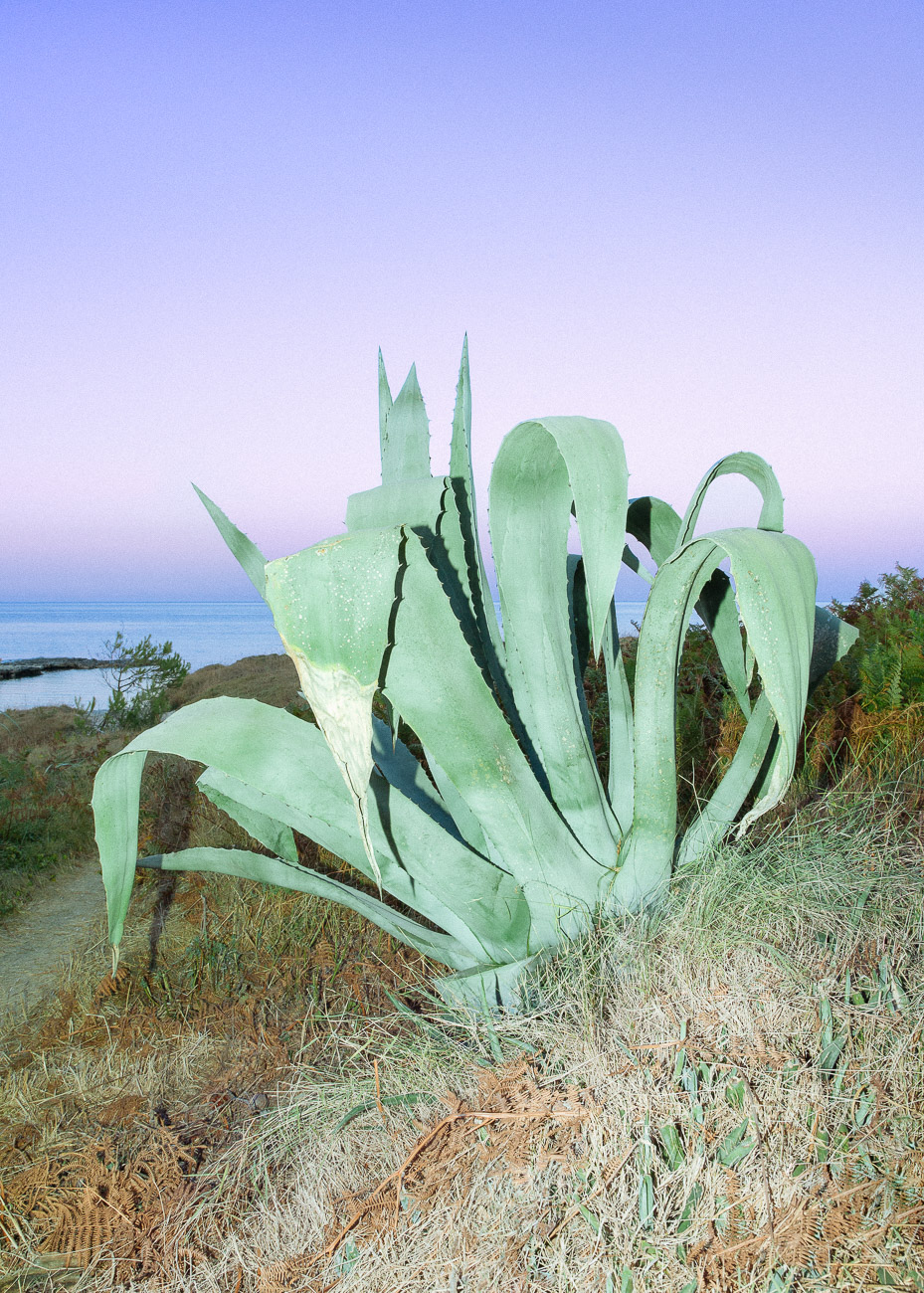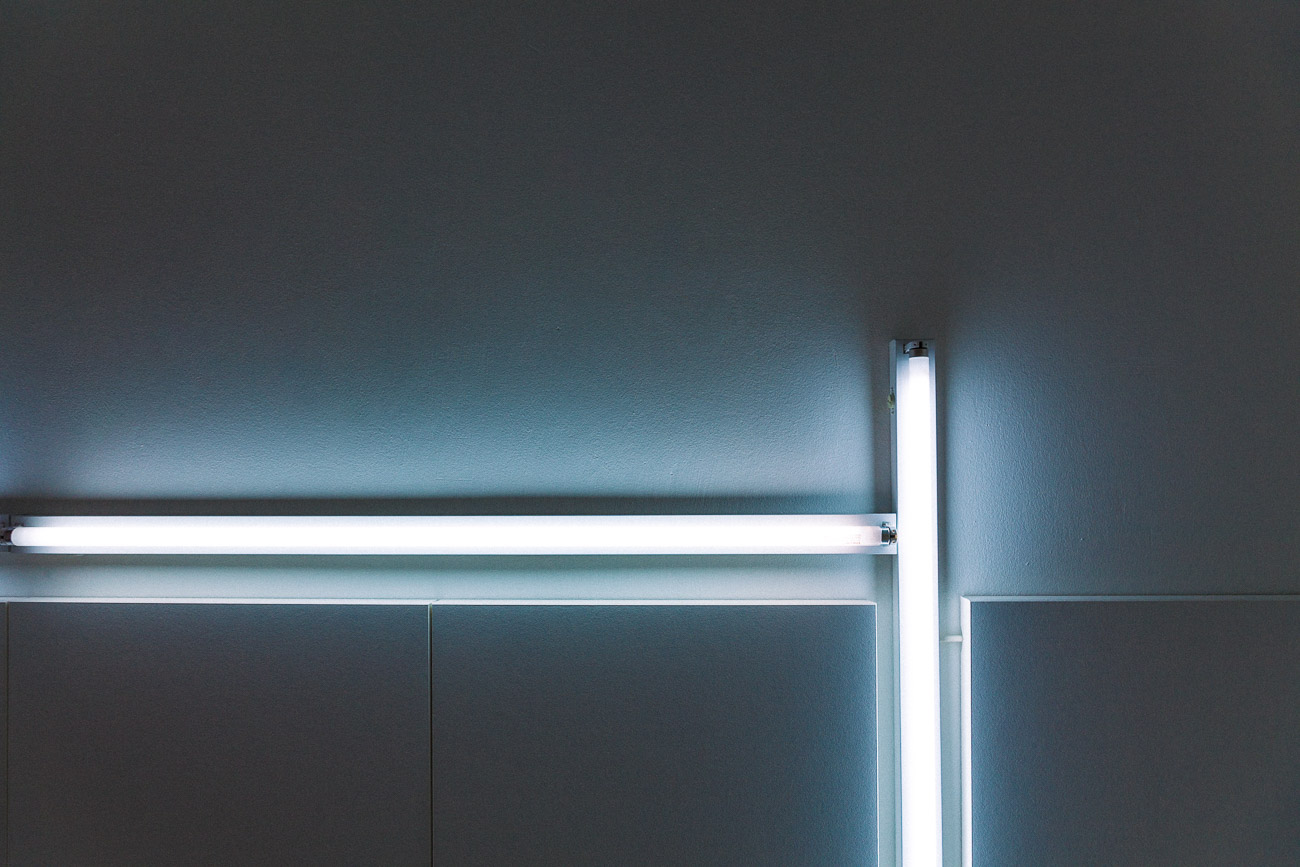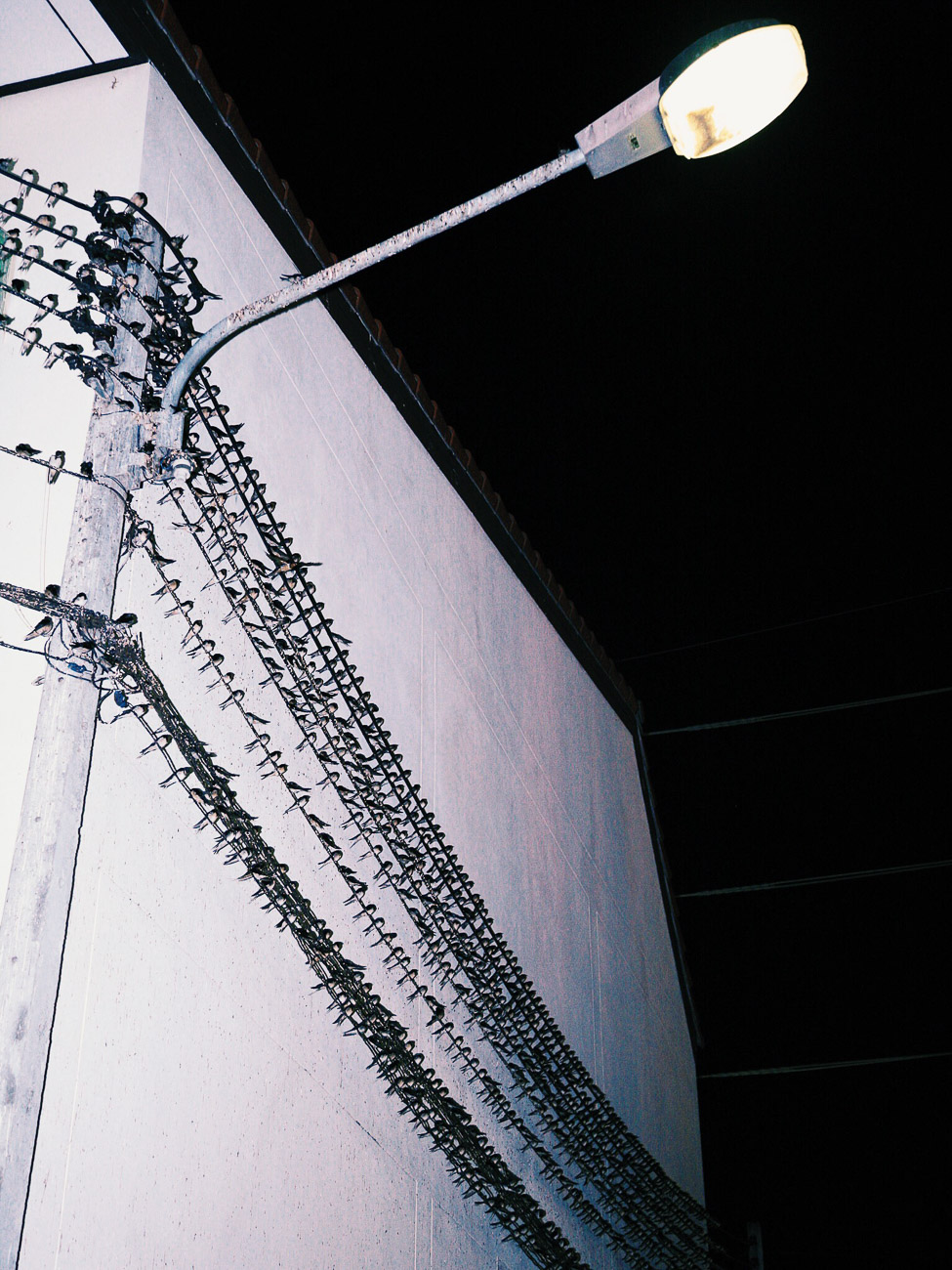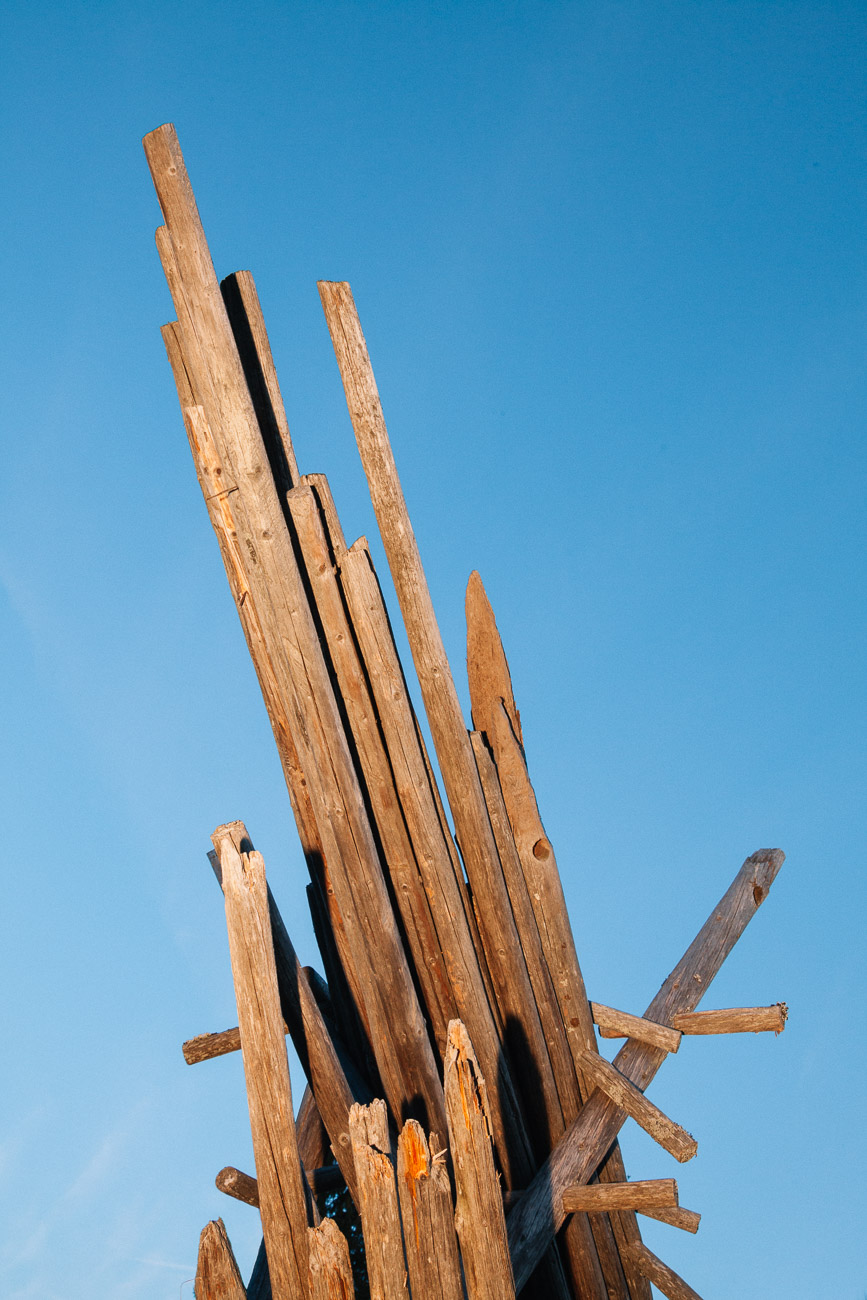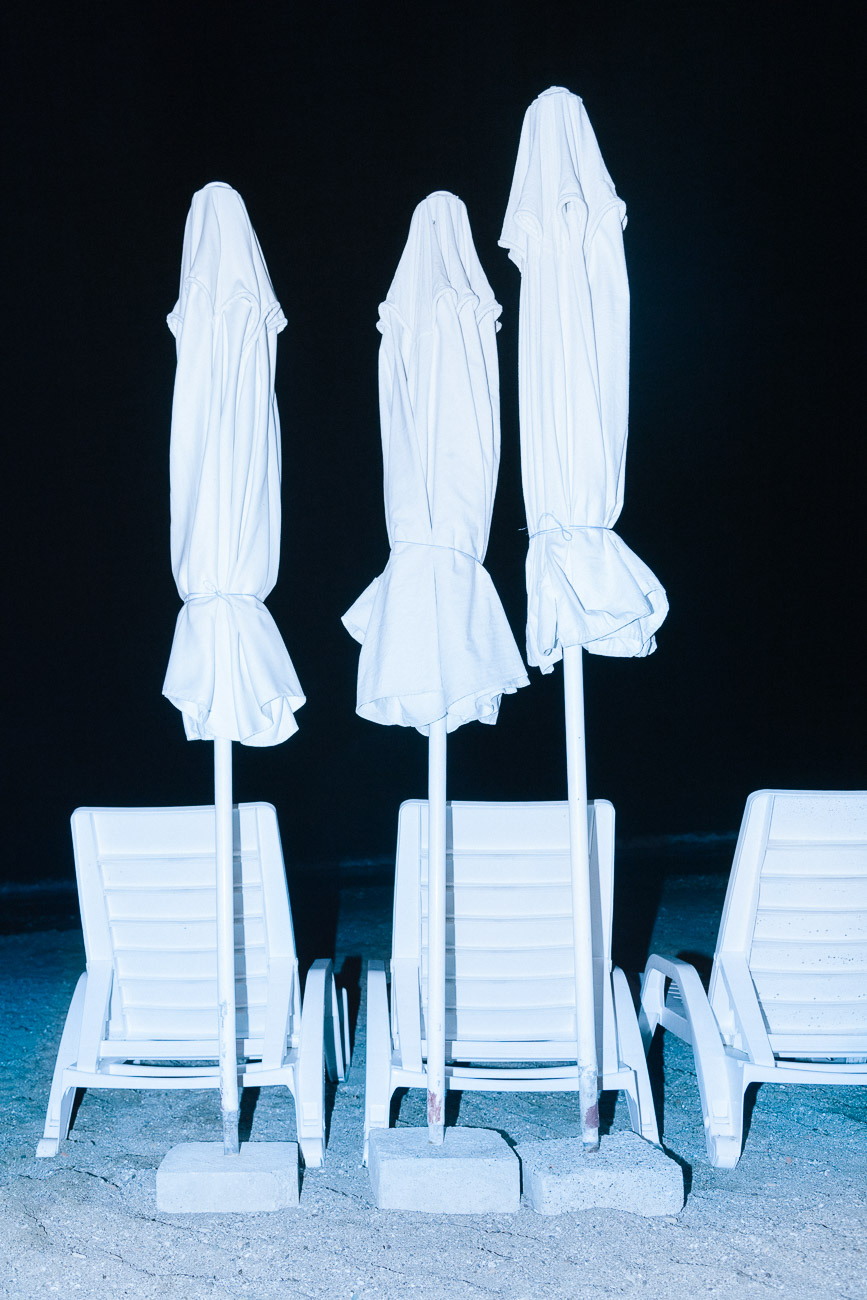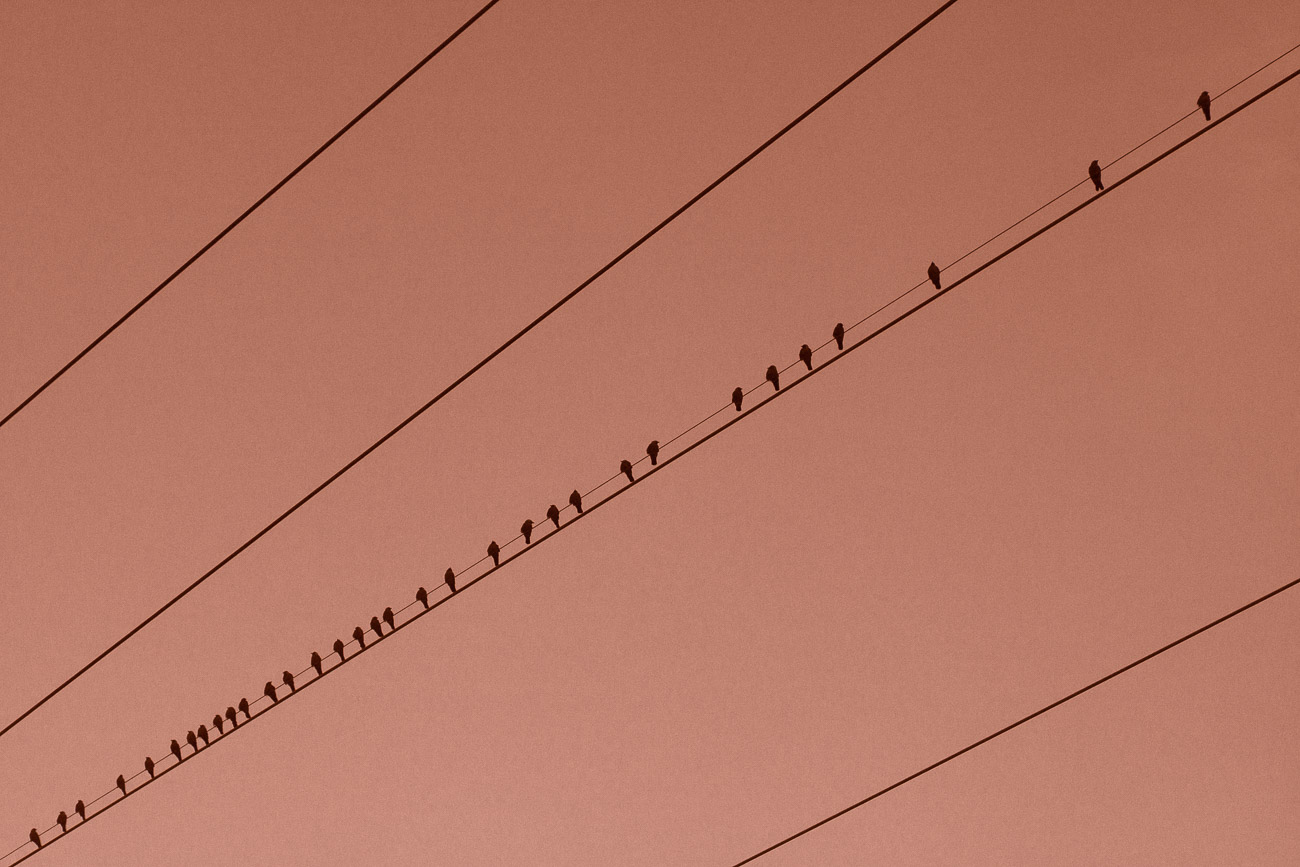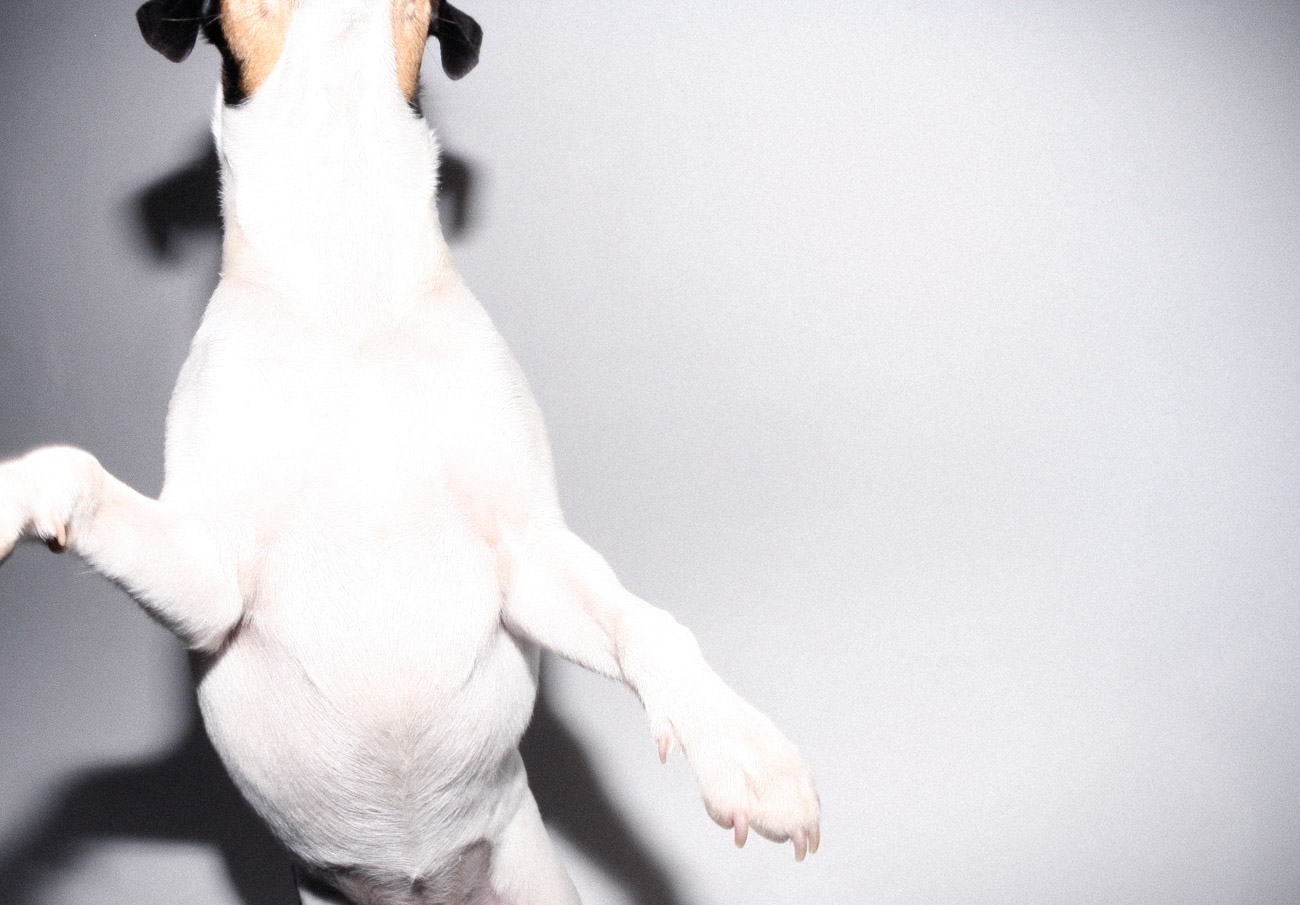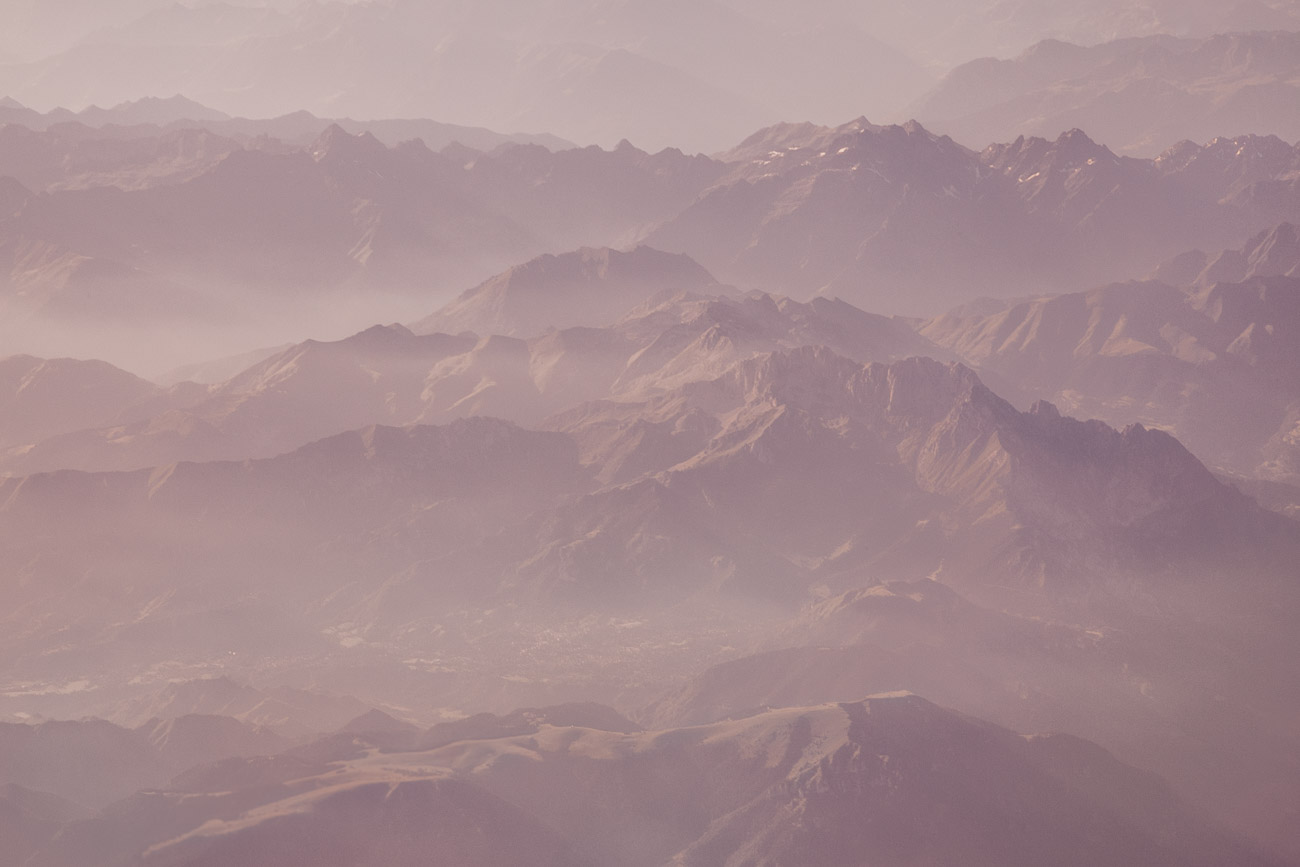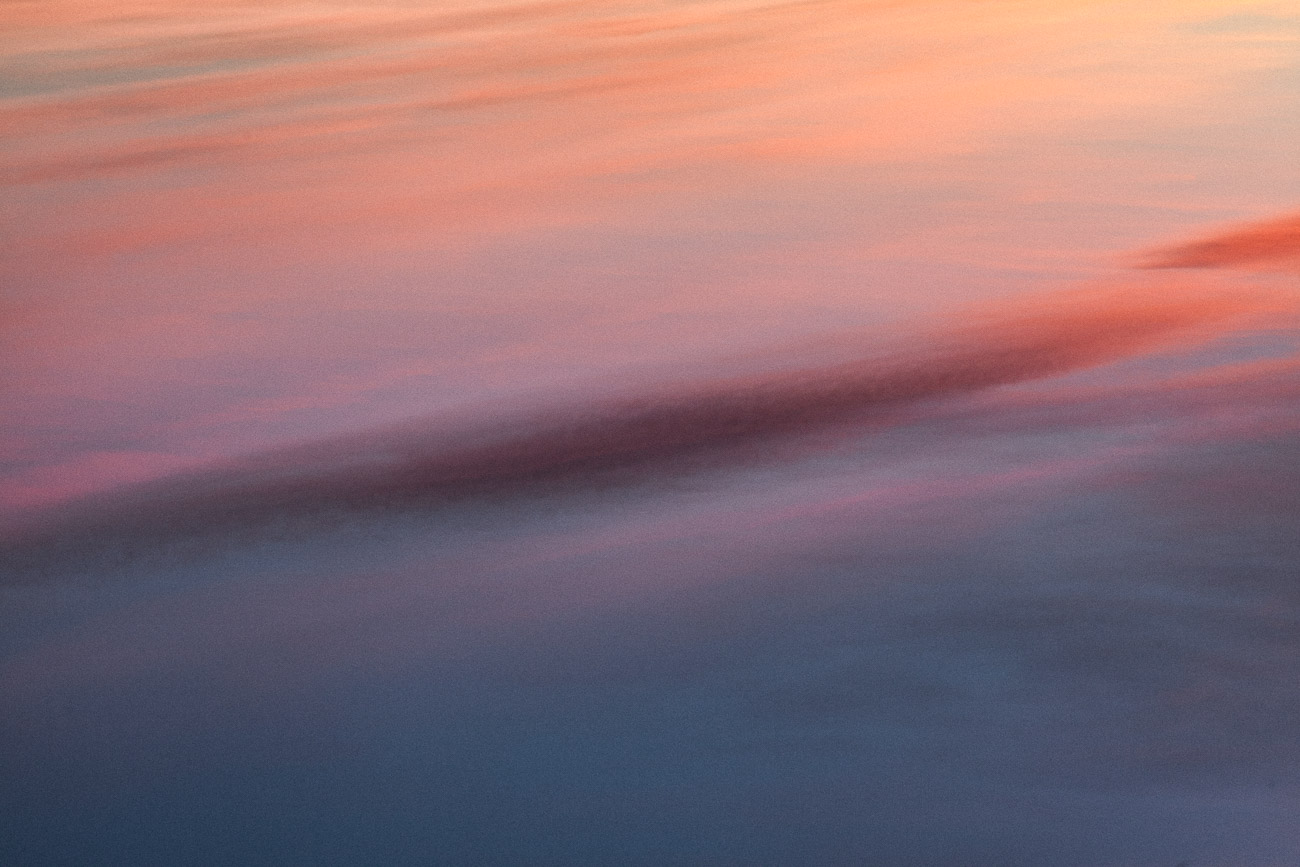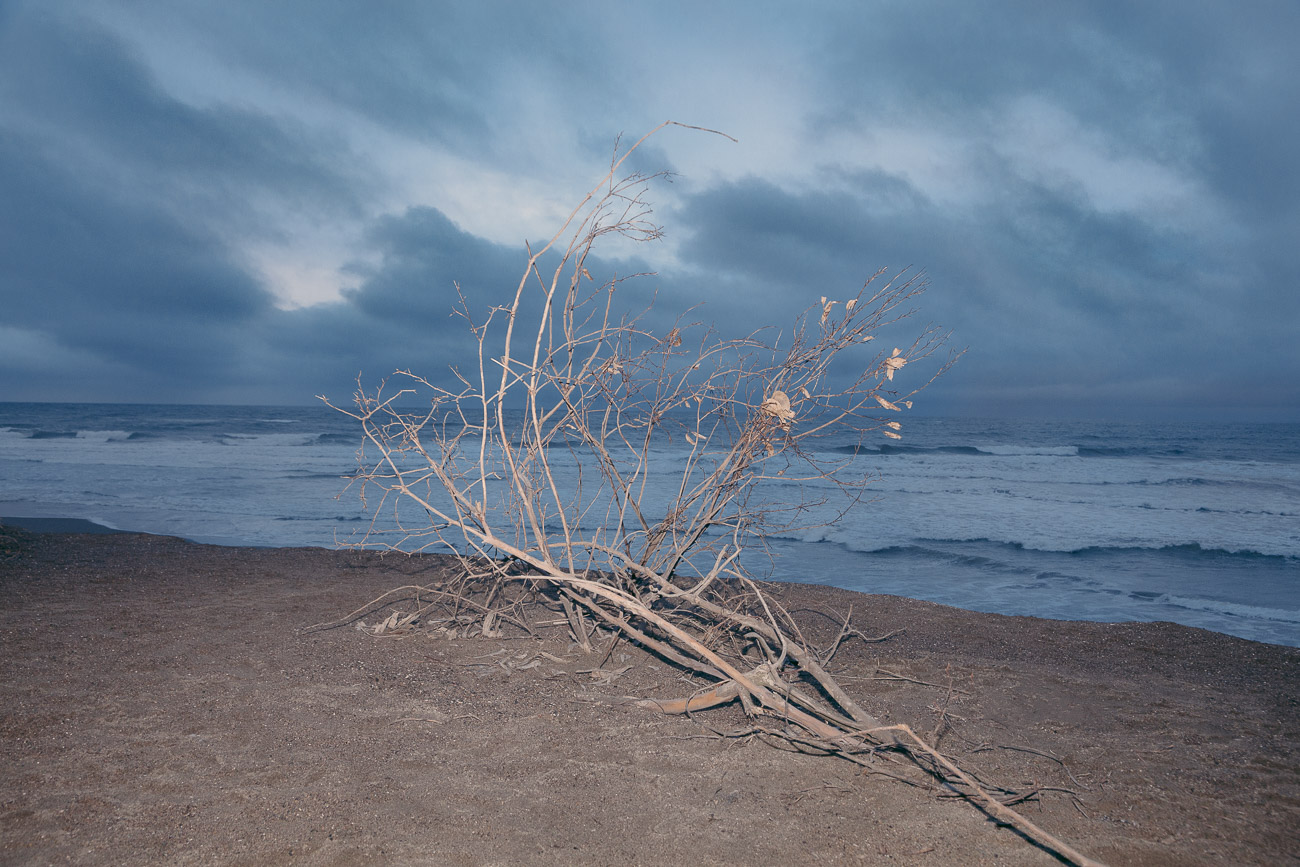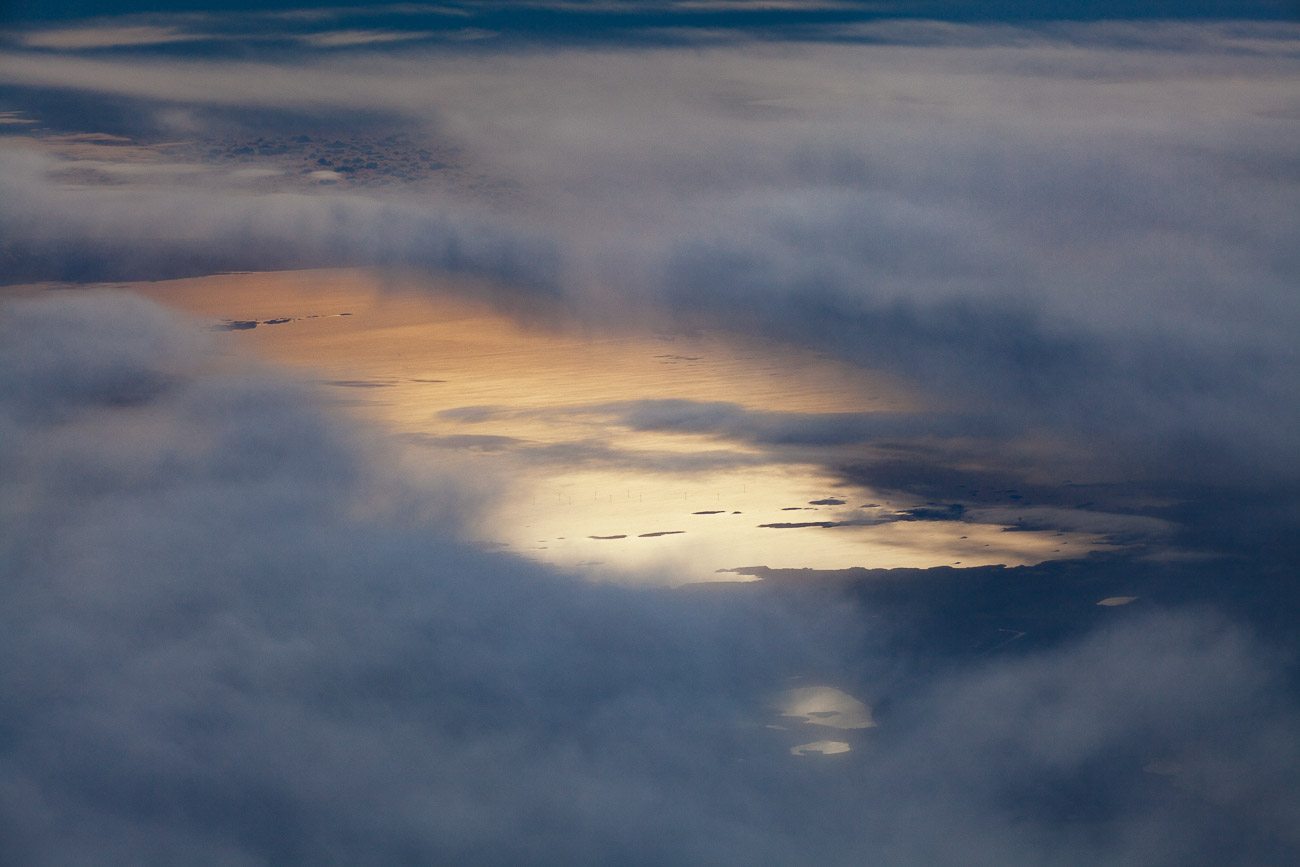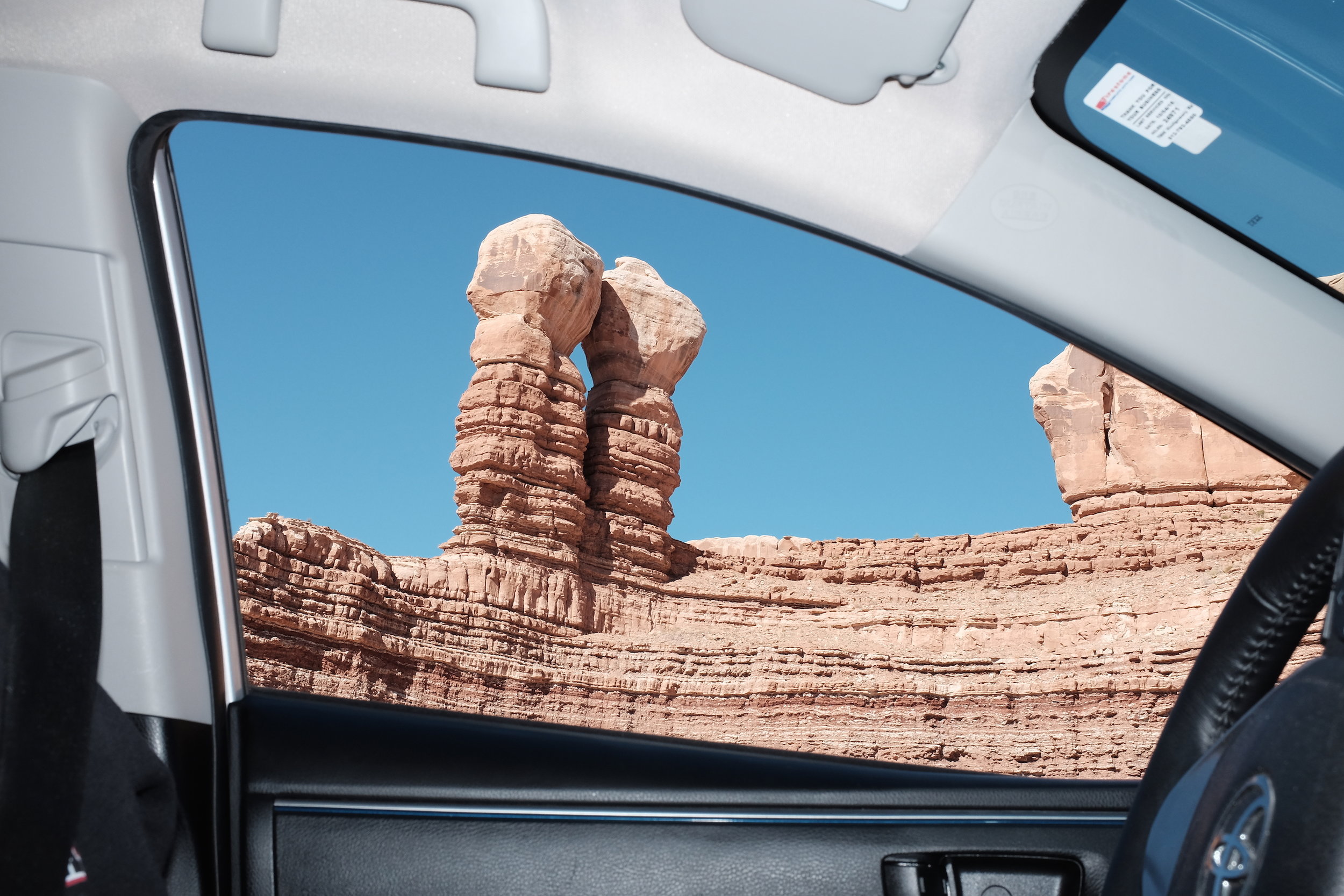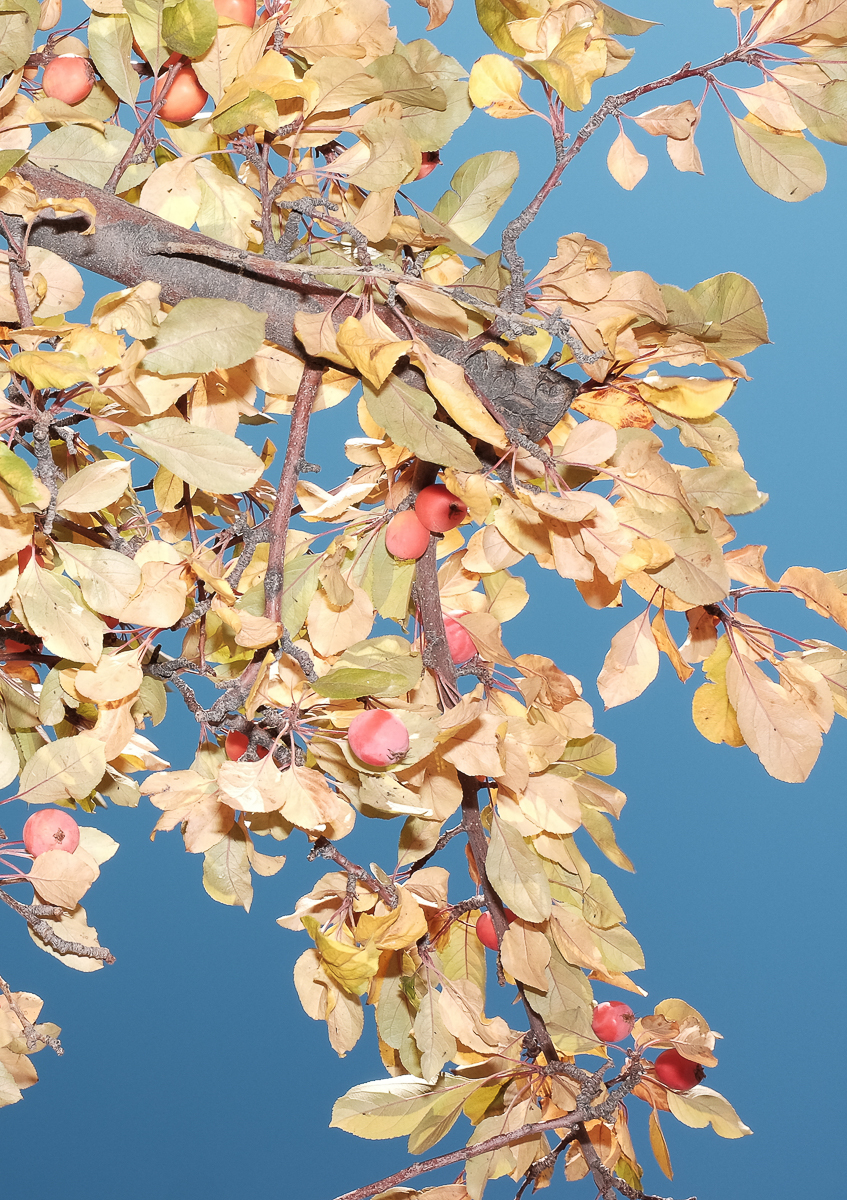Youth around the world are becoming more and more mobilized politically. Climate change and its implications tend to drive the dialogue. Is that a big part of the conversation in youth culture in Perth?
Isolated, alone, lacking culture and incredibly conservative all seem to be the general descriptives used when referring to Perth. While this may apply to the older generations, I can say for certain this is not the climate that surrounds the youth of Perth and the conversations being held in classrooms, bars, skateboard parks, beaches and cafes. This is not the conversation being held on stages, in lectures, in youth committee groups and on youth boards. This is not the conversation in the slightest.
While some youth remain disengaged from politics and social activism - and lets be fair not everyone needs to be - most young people in Perth, and most young artists specifically are taking a stance against the current federal government and are articulating their discontent and satisfaction with certain positions being taken. Climate change, following the Same-sex marriage vote, has really started to enter the picture.
Perth is environmentally unique. We live on stolen land, resting on a culture never granted sovereignty, reliant on our perfect seasons and unfortunately mining companies that support our economy. However, due to the growing movement towards animal rights, environmentalism, sustainability and conservation and due to the incredible capabilities of social media, young people are growing increasingly aware and agitated at the snowball of issues that aren’t being resolved surrounding our environment.
Climate change is over-taking the conversation.
Playing the System brings up an idea about a new kind of activism, where you change the system from within instead of directly confronting it. As youth slowly infiltrates this system, where do you think this will take us?
Playing the system is about infiltrating the systems already in place; making them work for us and changing them to be more ethical and sustainable. This can occur from the minute to larger scale liberalism, capitalism and nationalism. So what is the end goal? To encourage (as ad-busters puts it) a ’new world order’ in which we use our democratic system of government to stand for the people properly and recognise and respond to the voices in a positive influential way, rather than to just get votes. But we want to stay smart about it, rather than create a greater divide between generations but unite it instead. As so many social justice movements fail to harmonise both sides and further create a gap between them. The final goal is to live in a world that doesn’t favour those who happen to be born in to certain circumstances. One that lets everyone thrive. Be heard. Be recognised.


